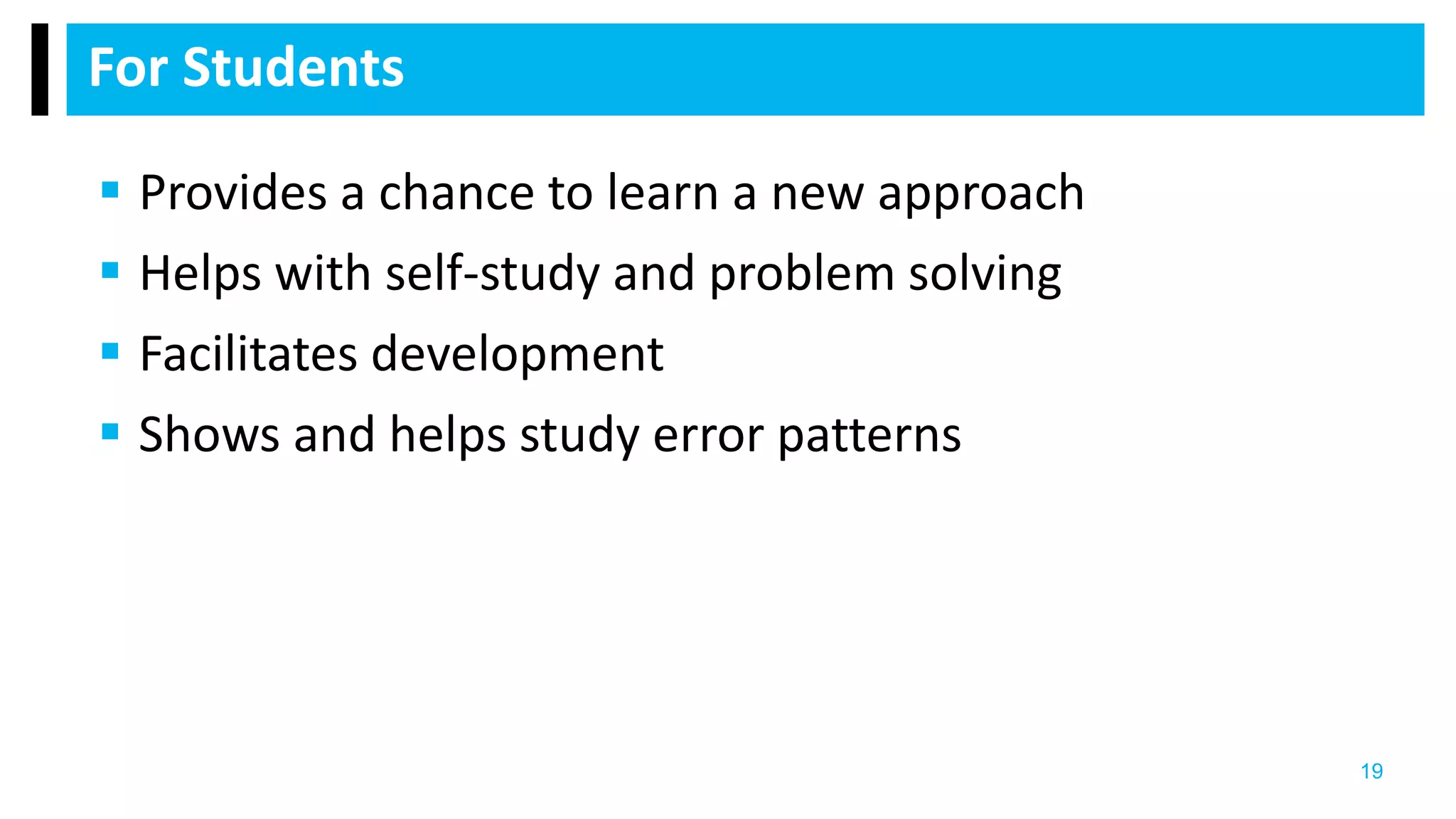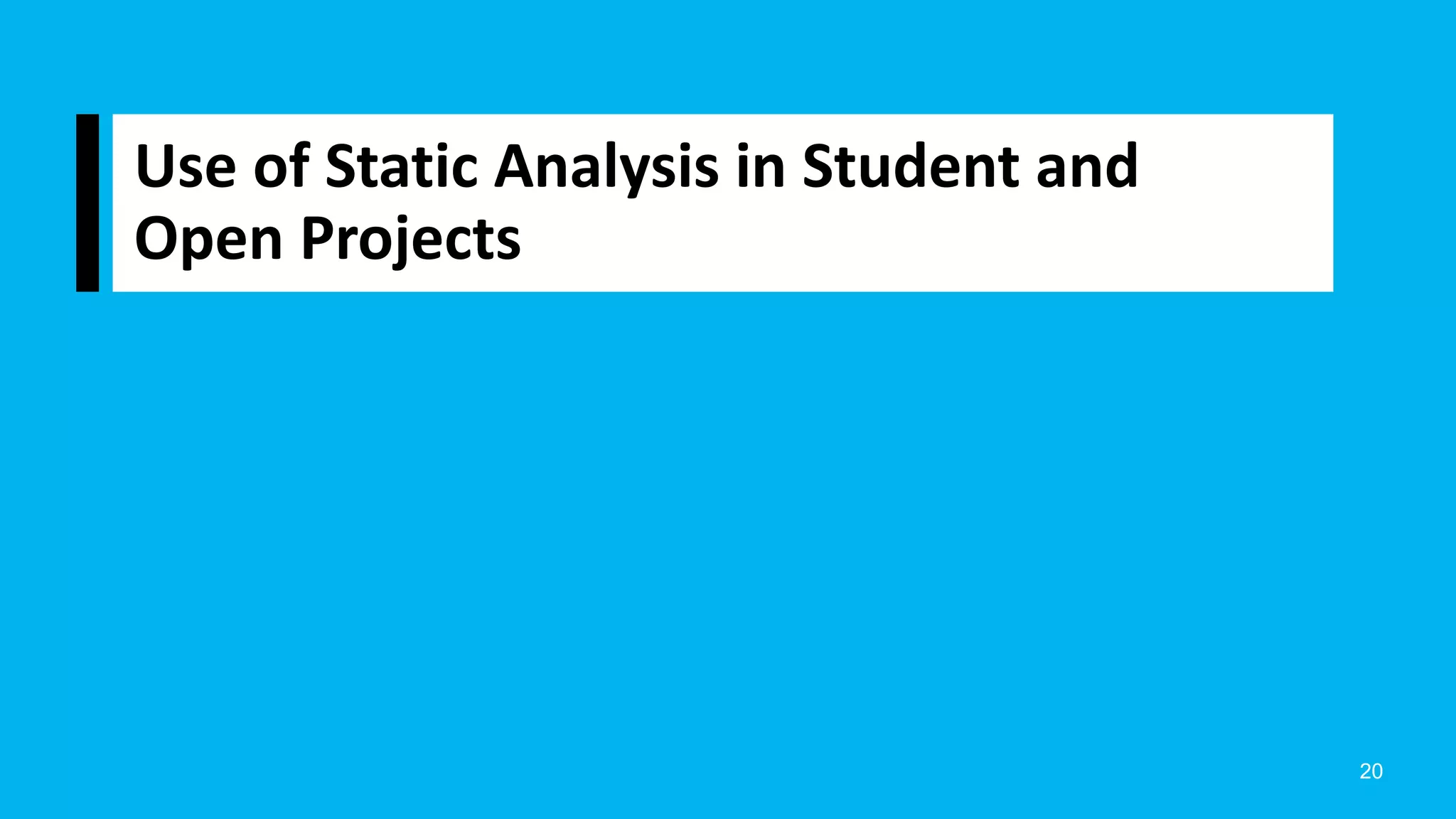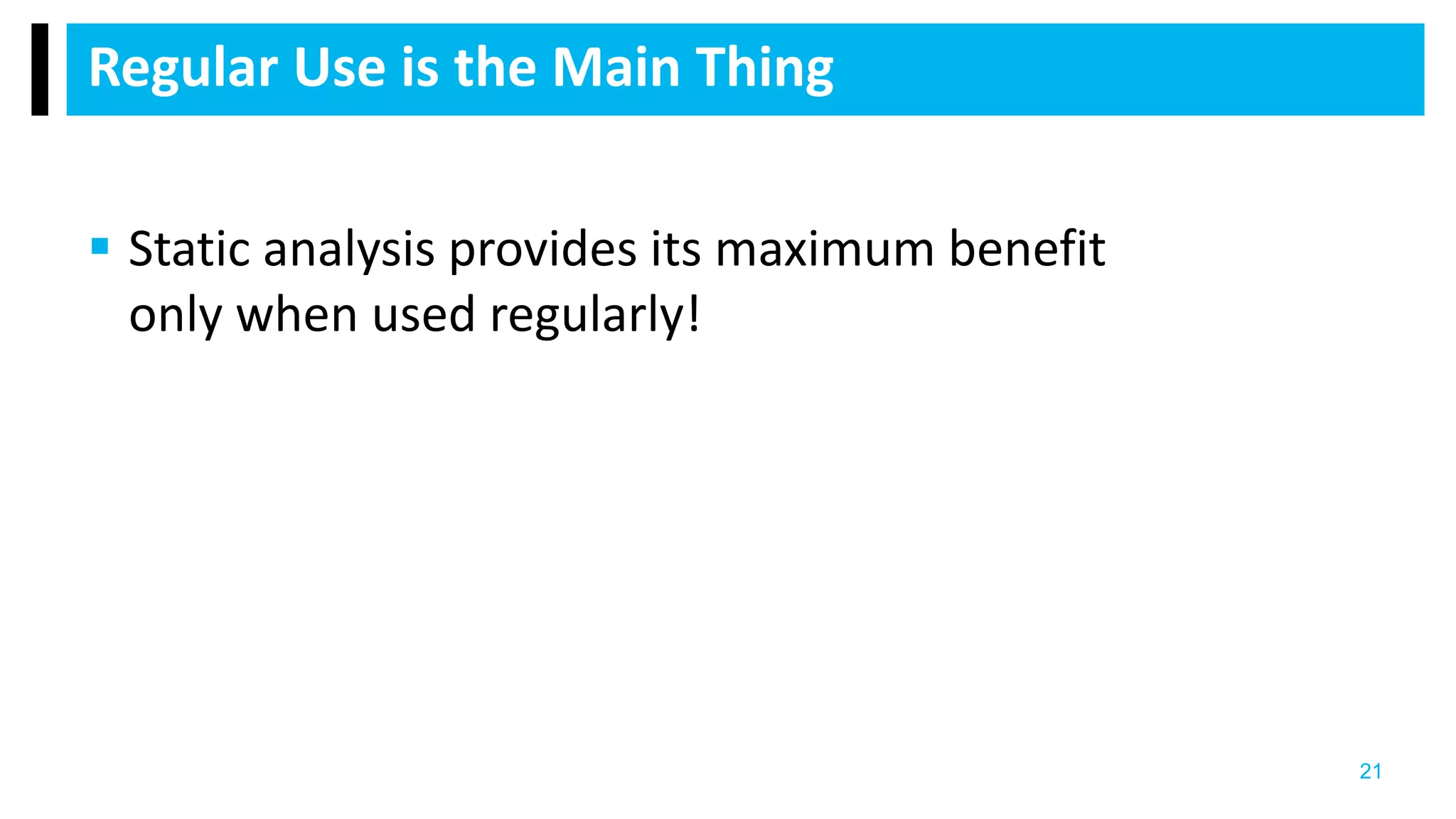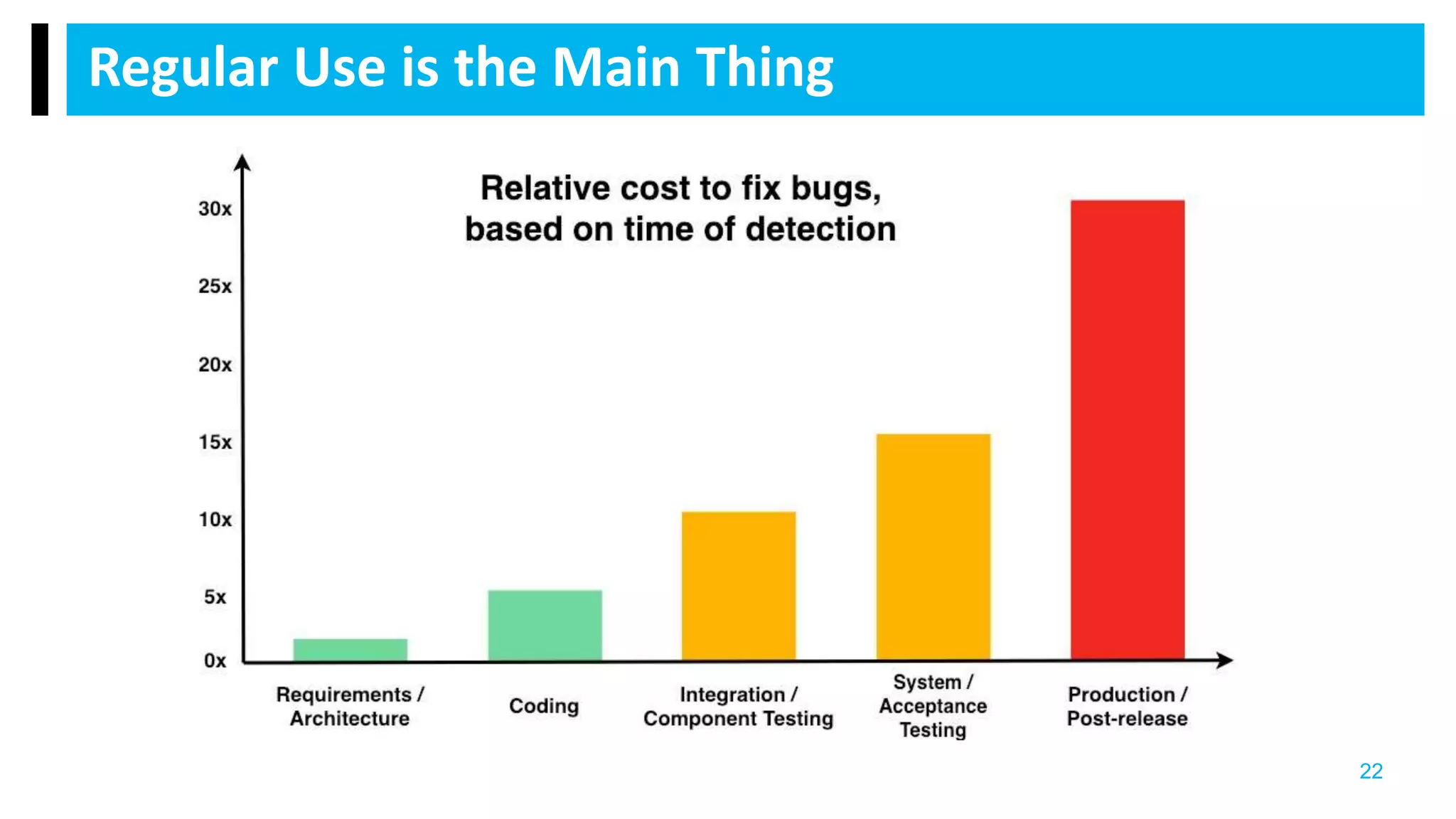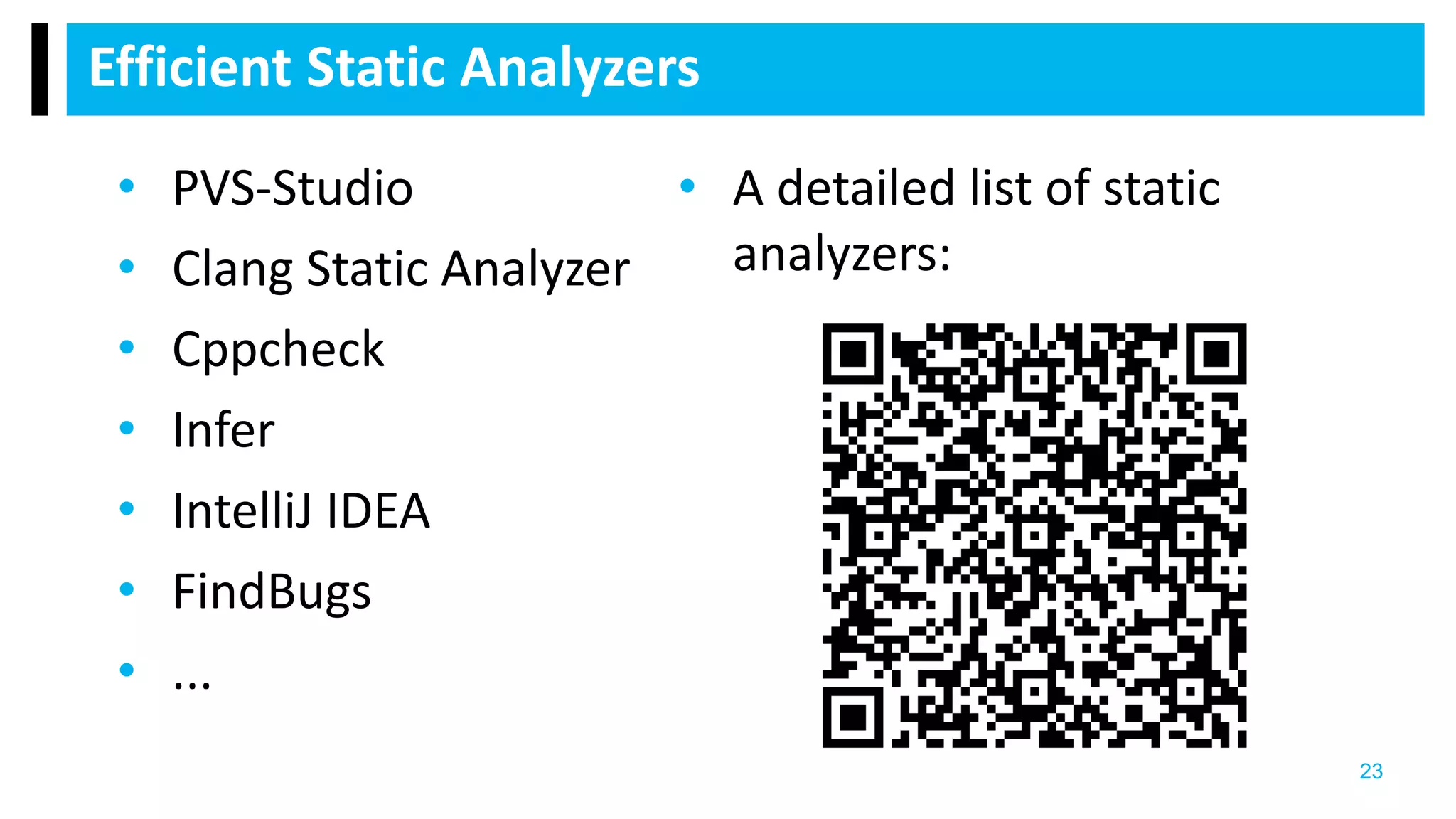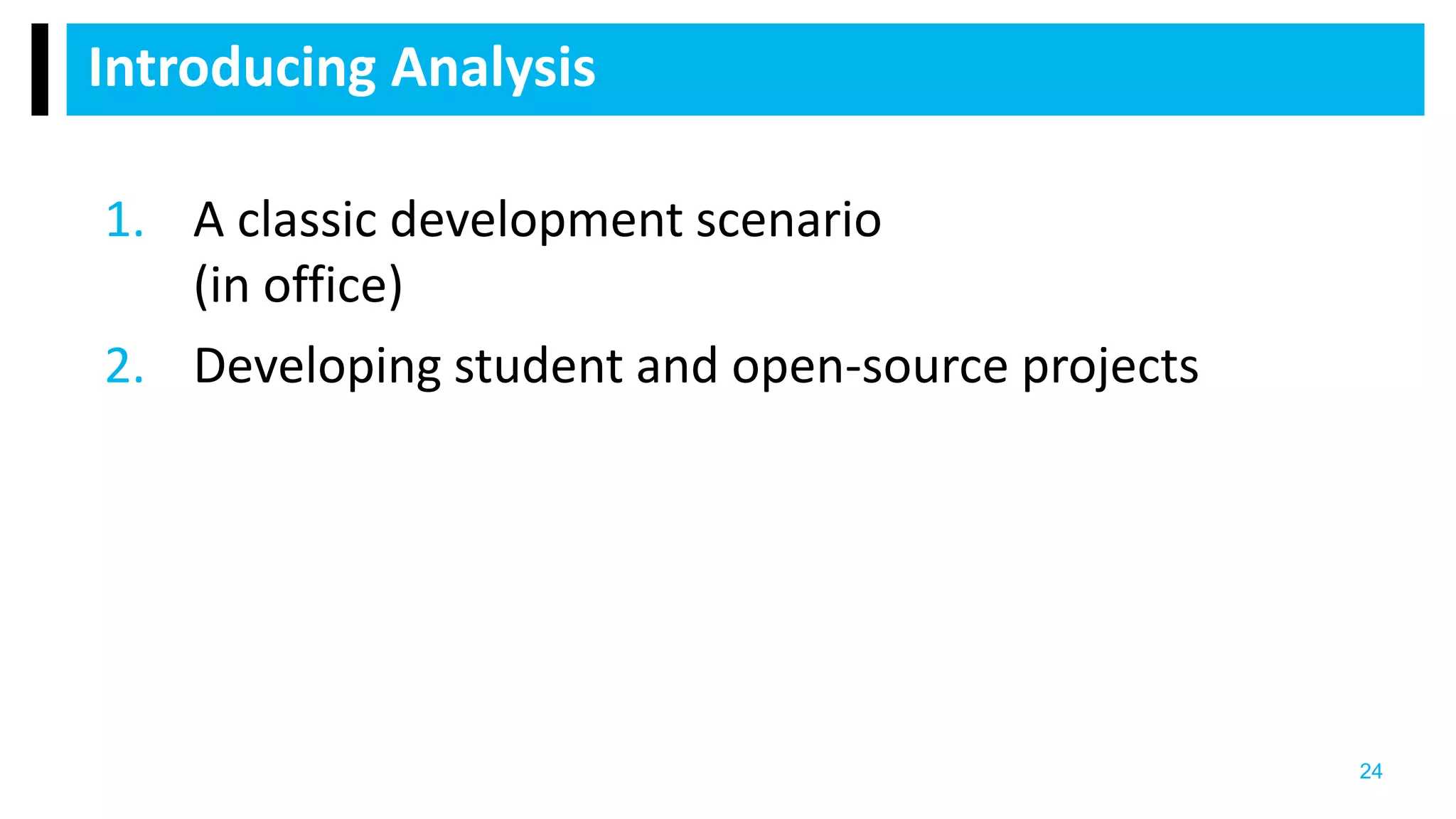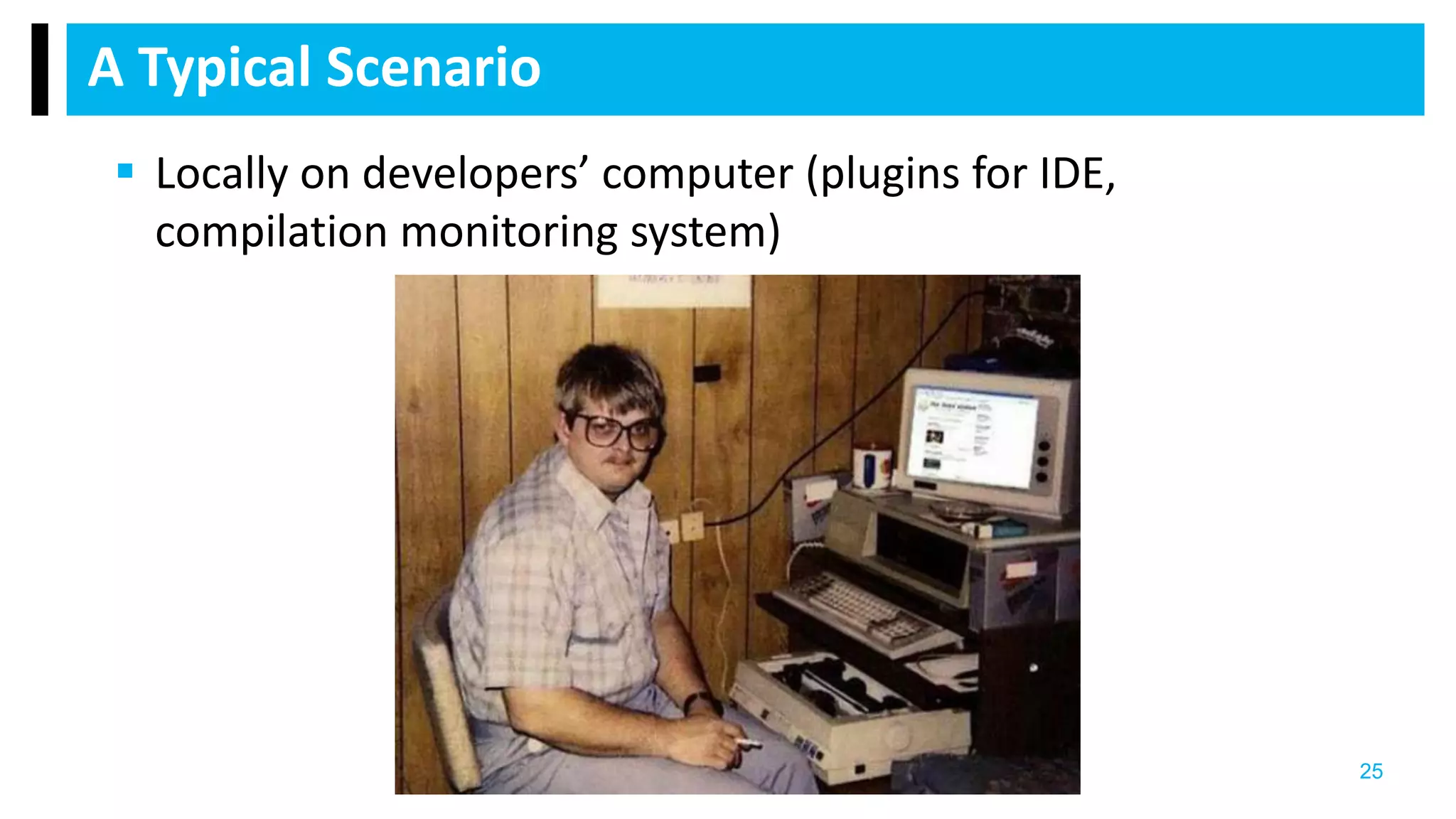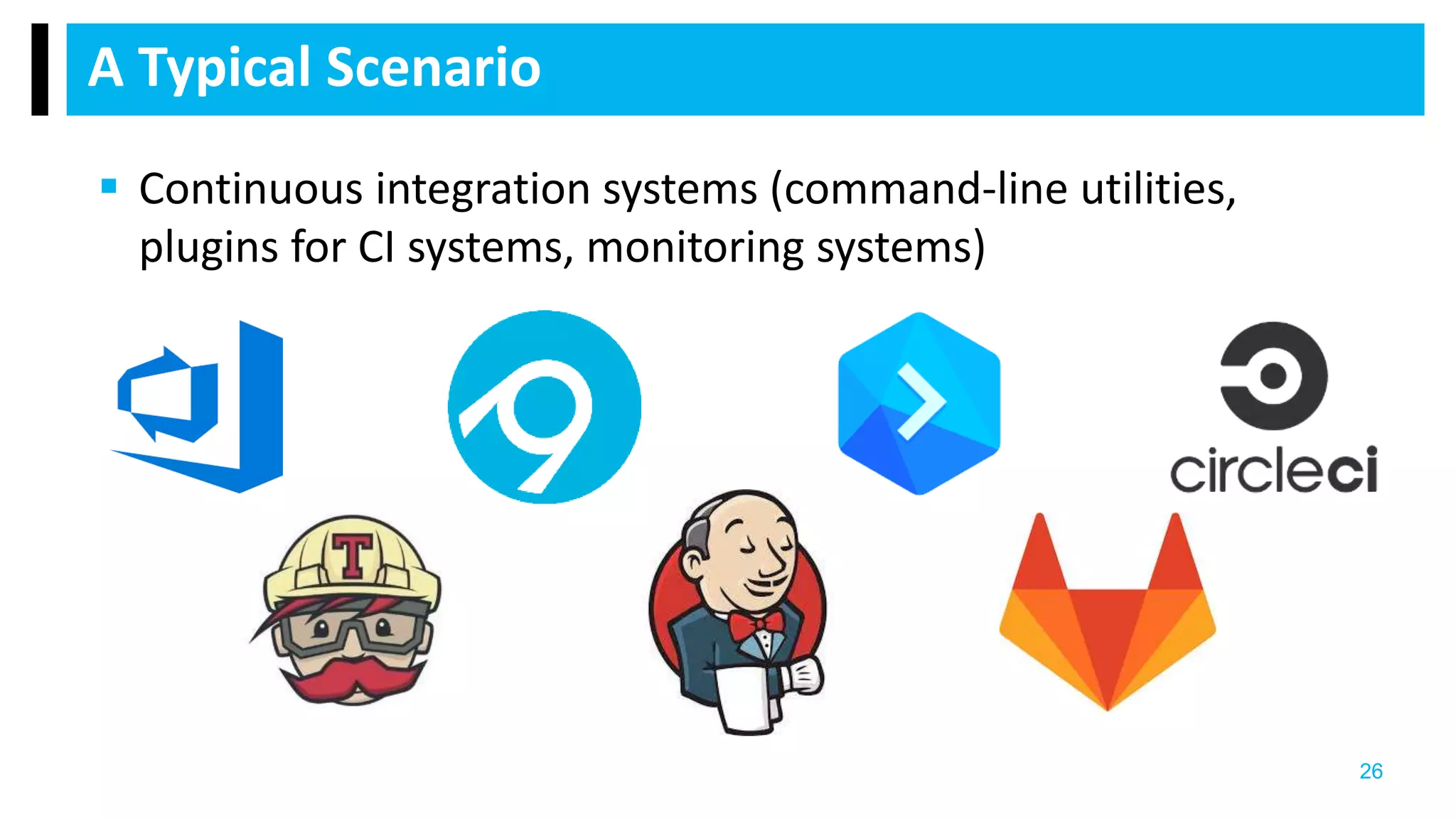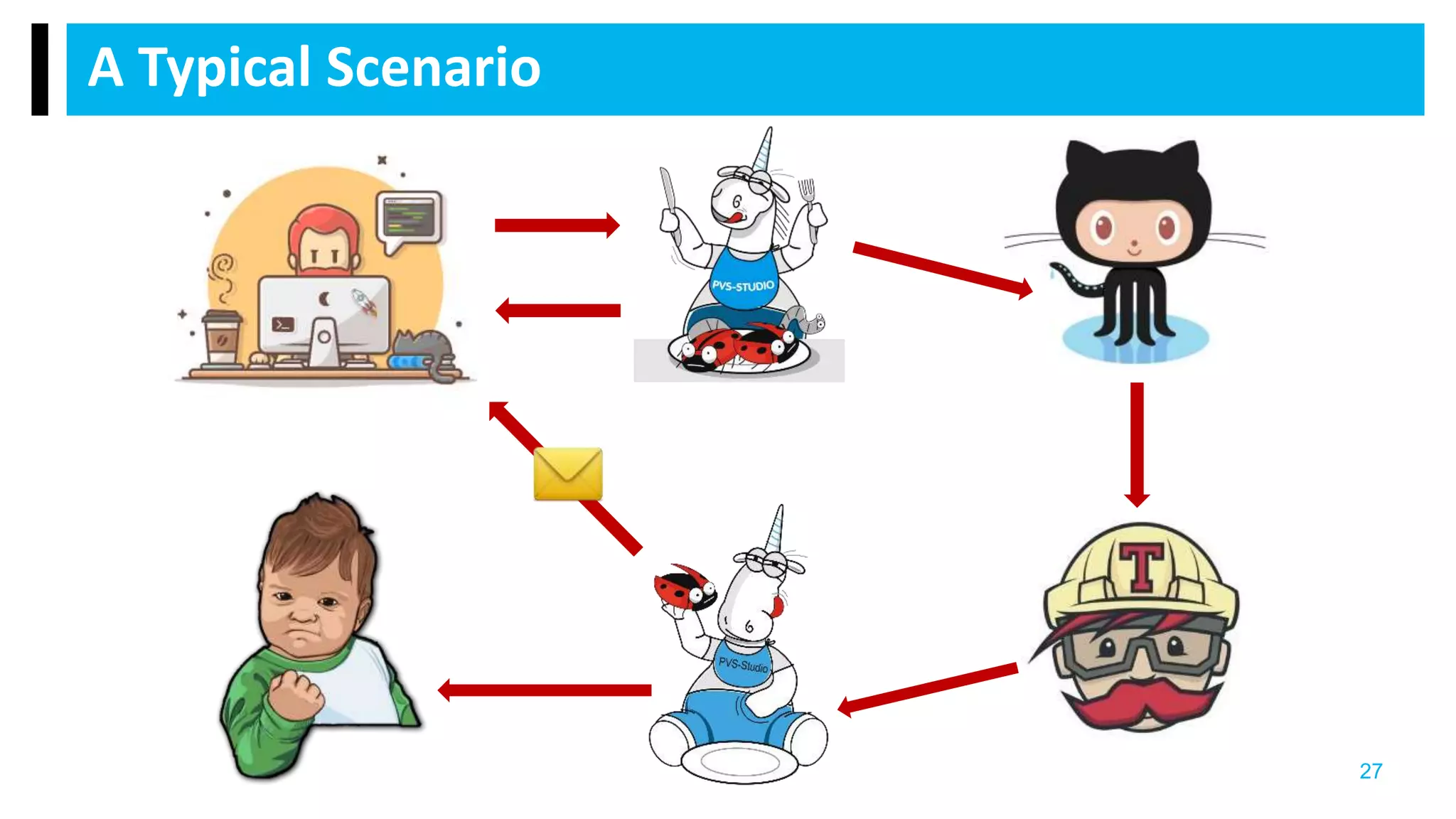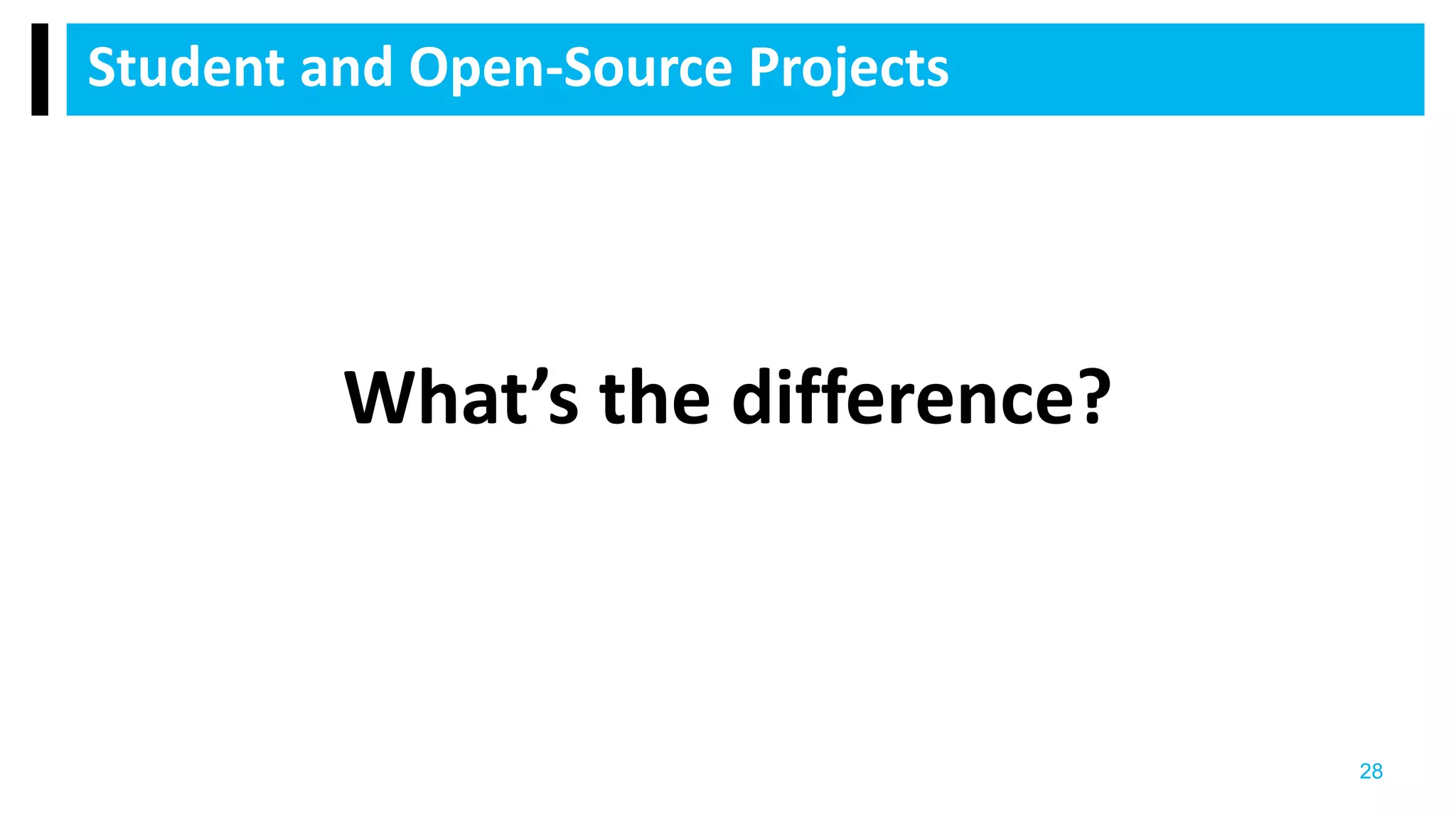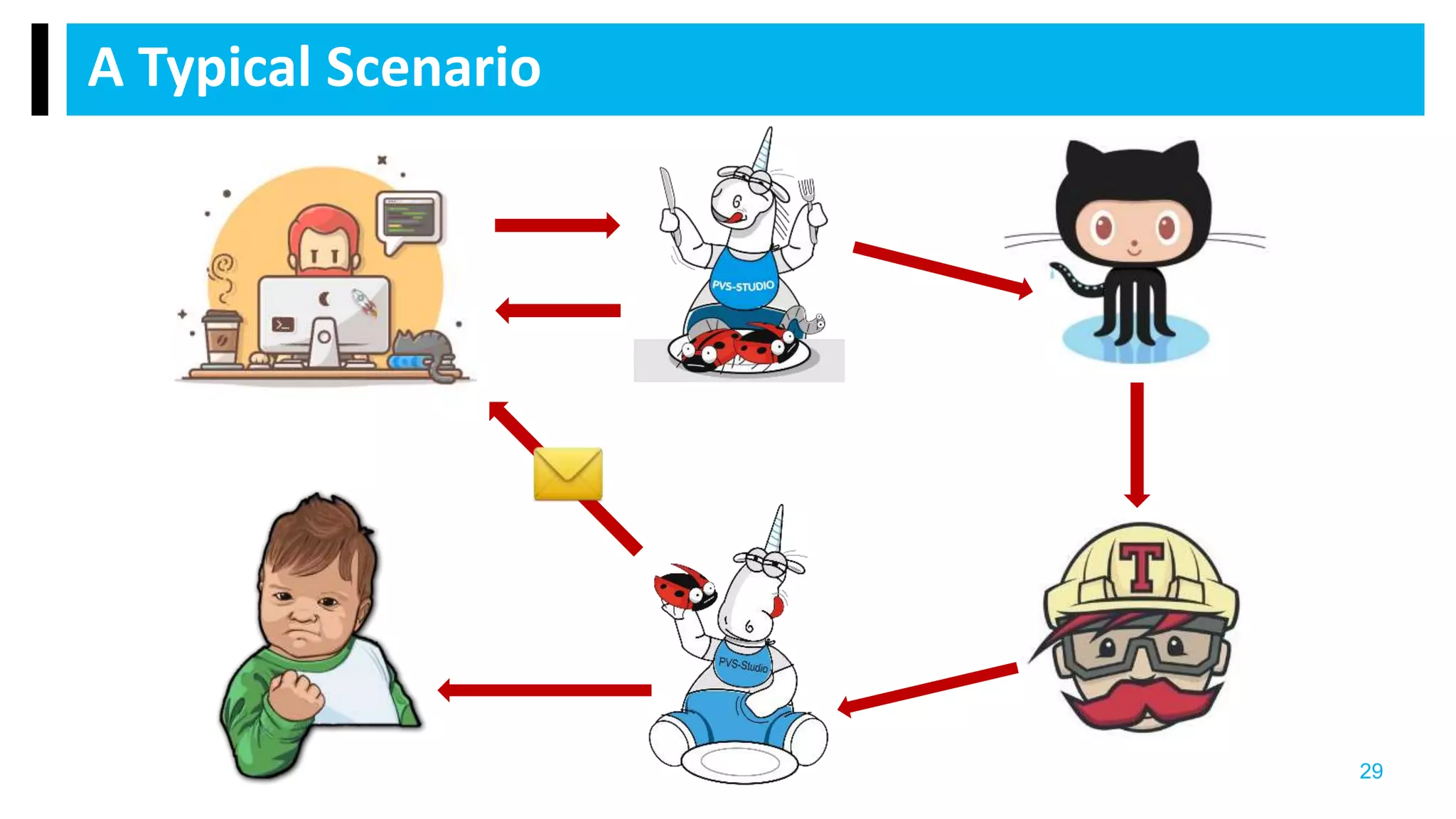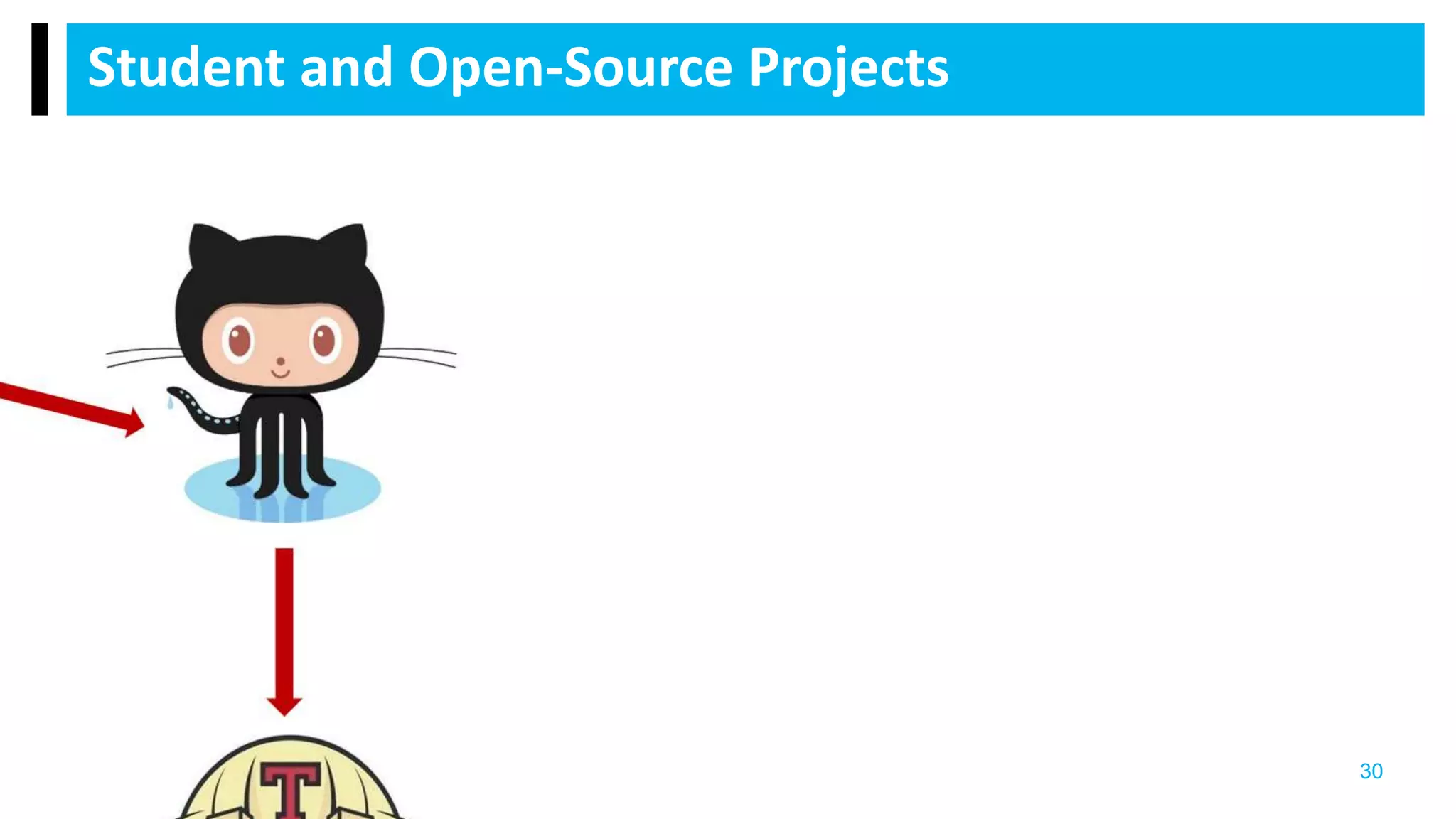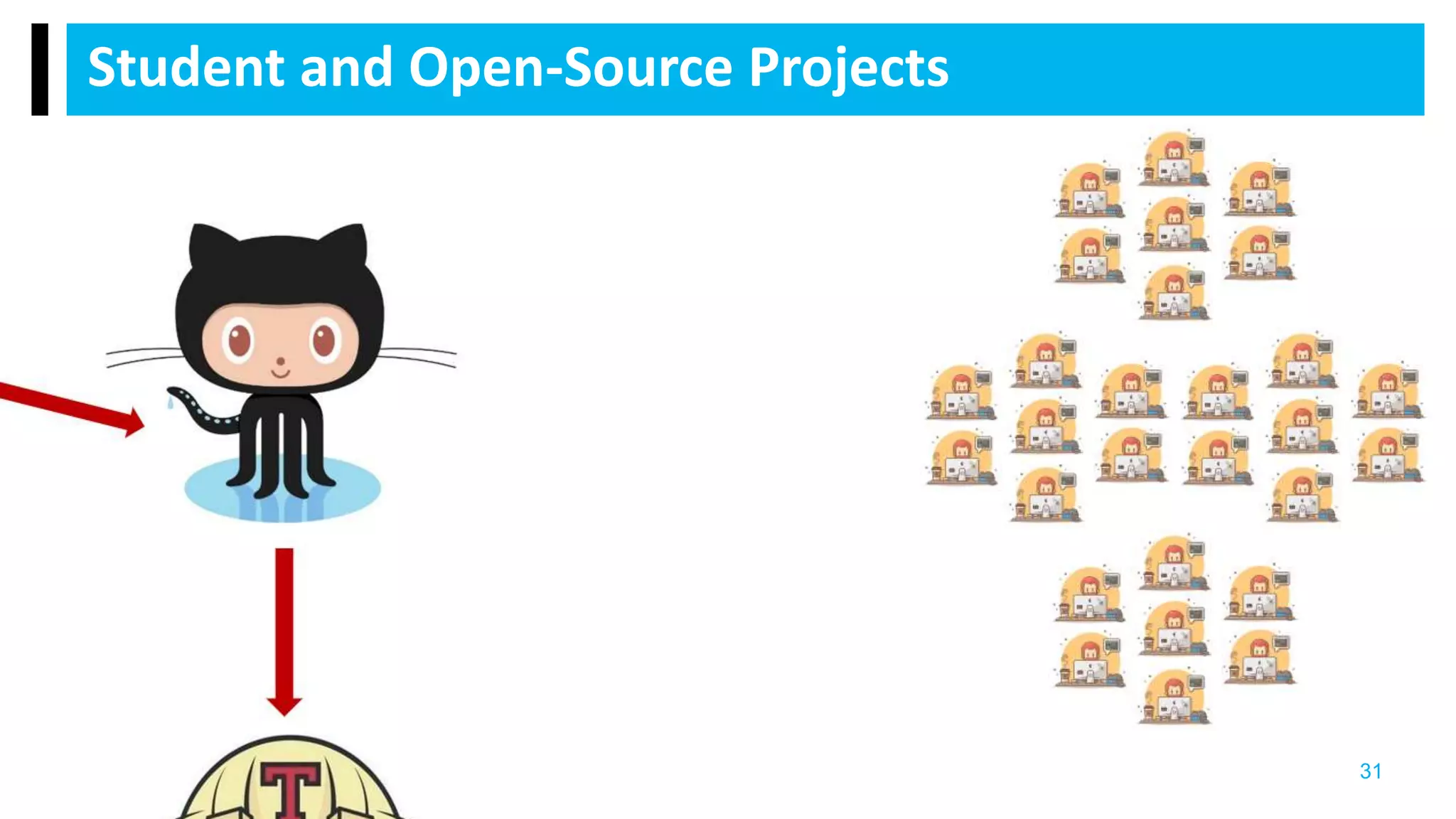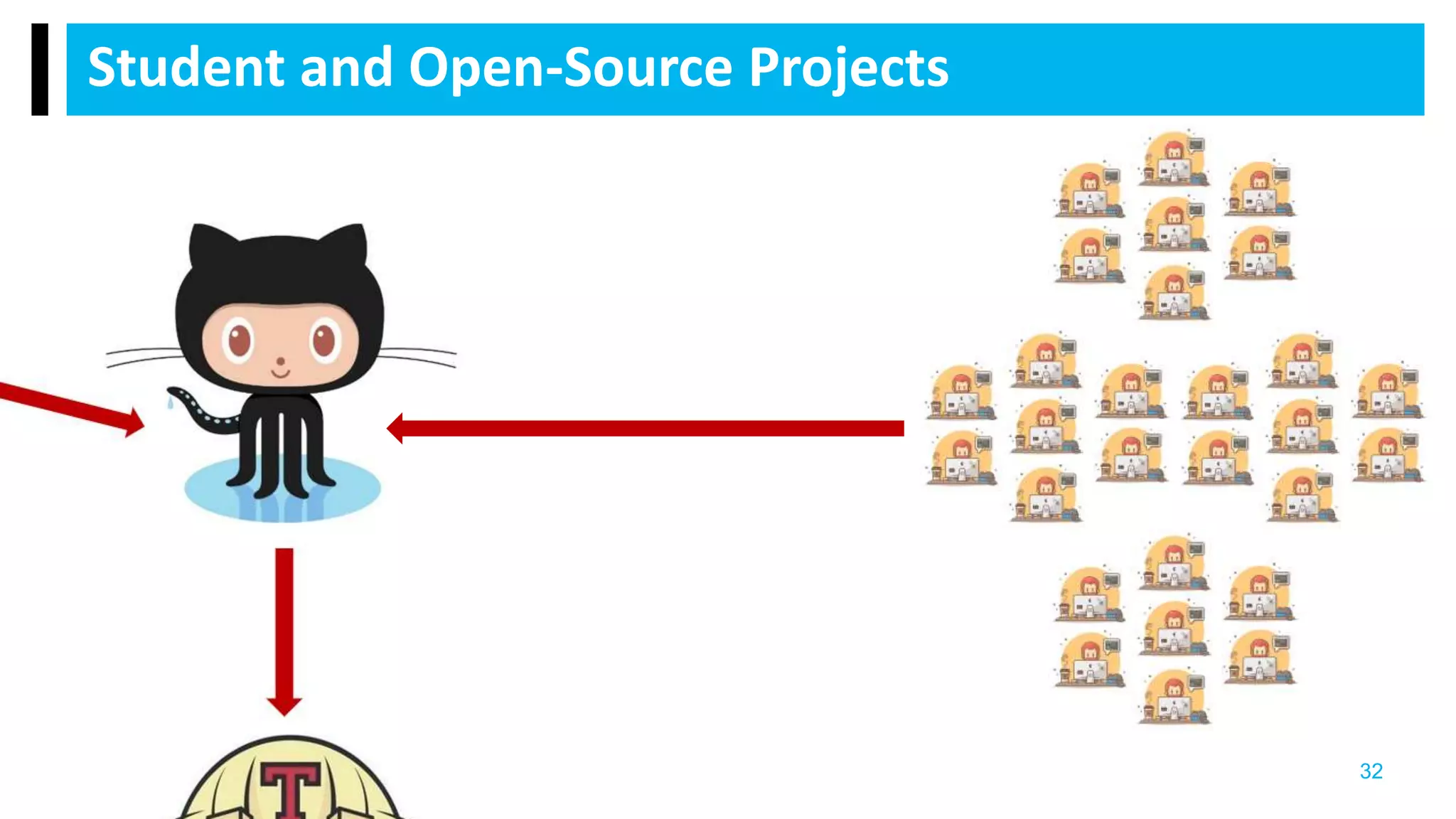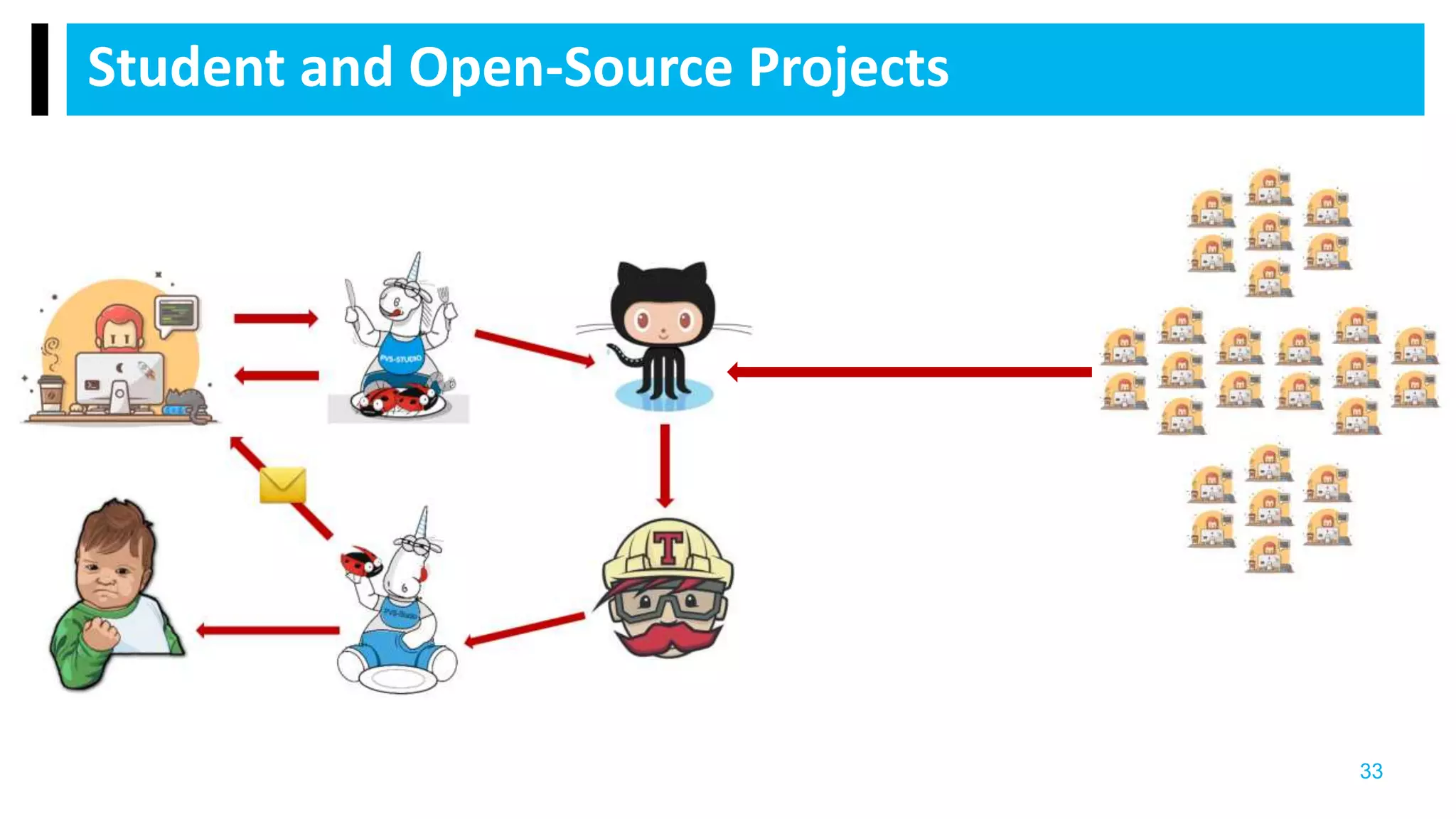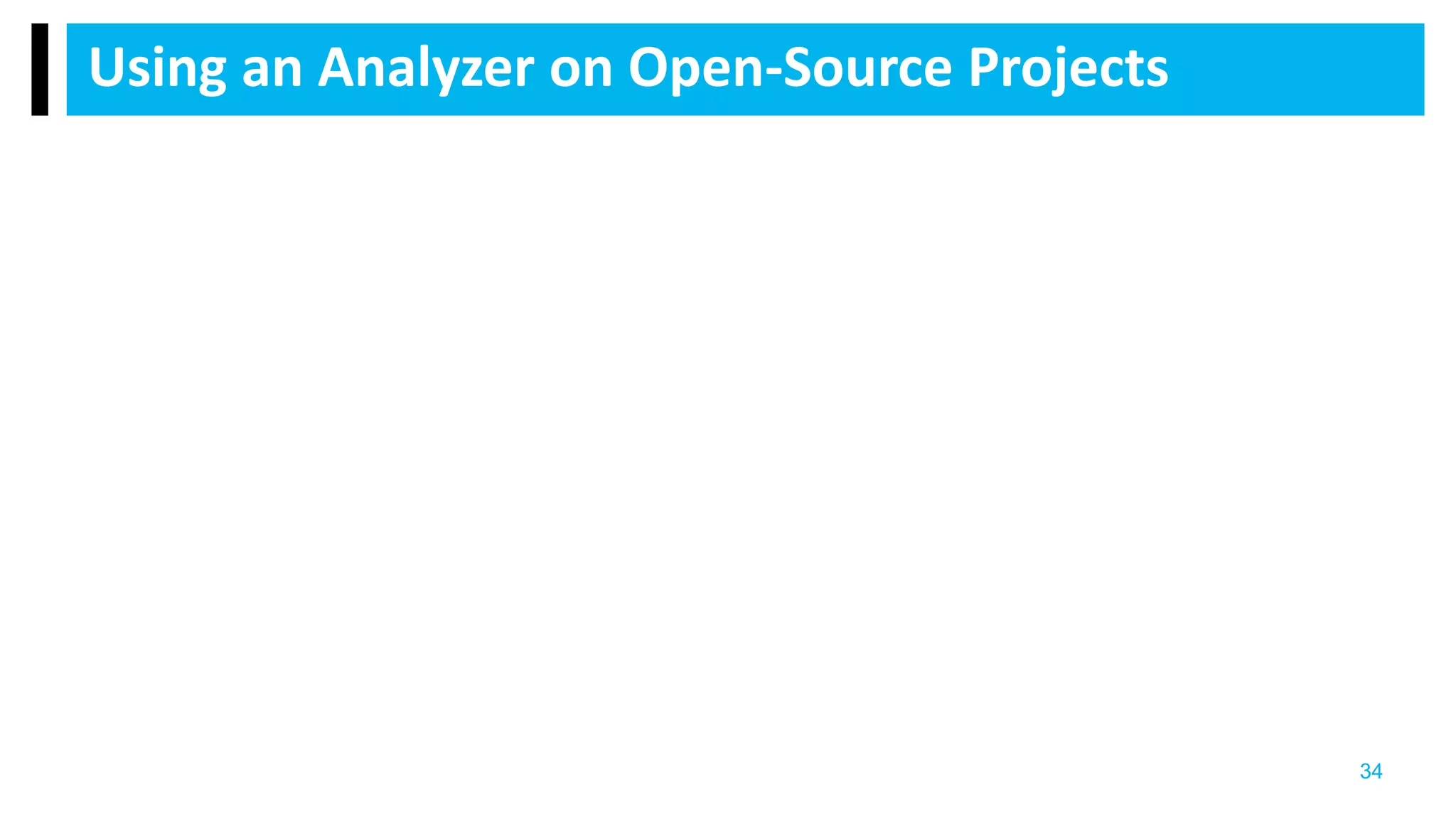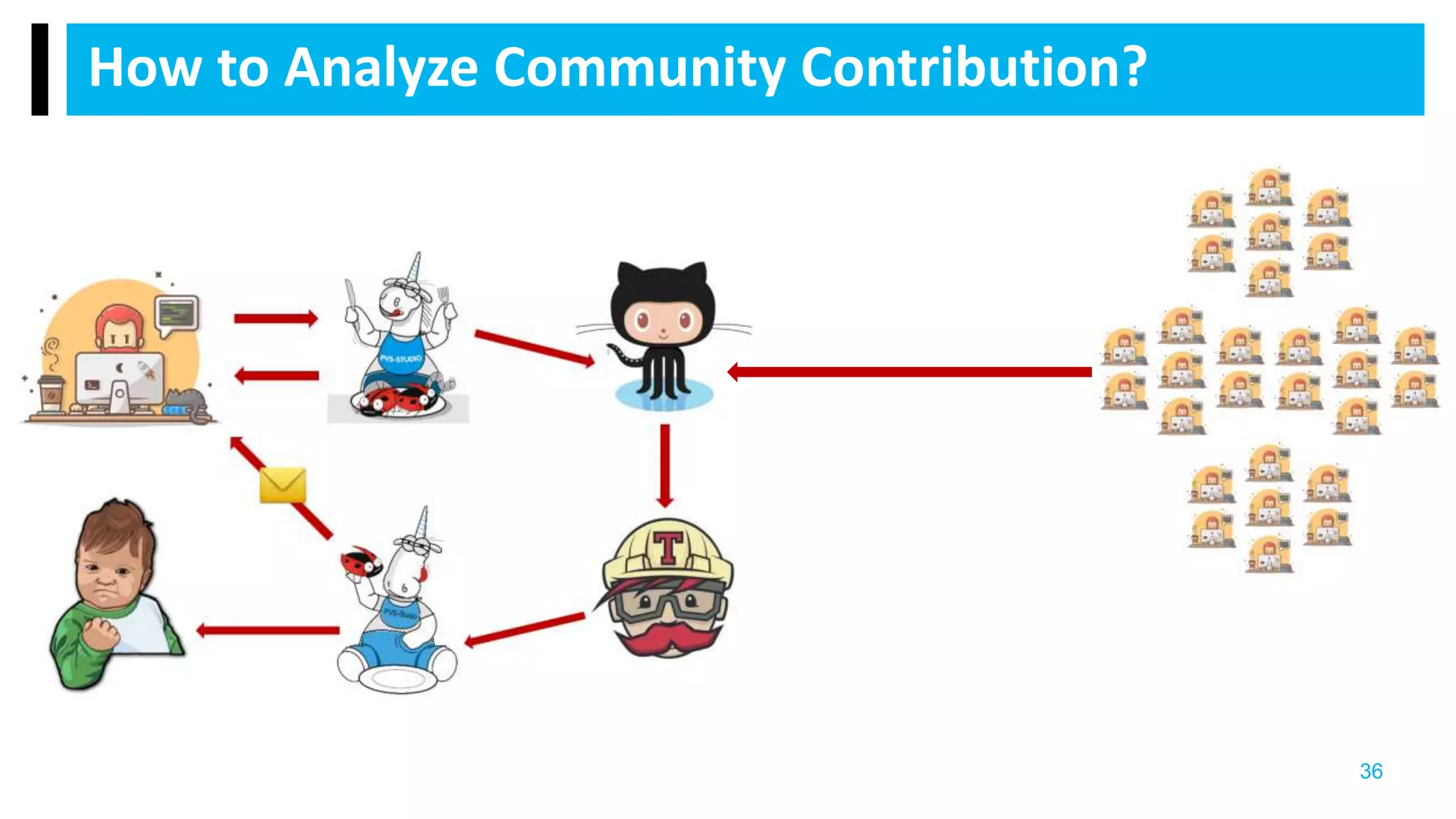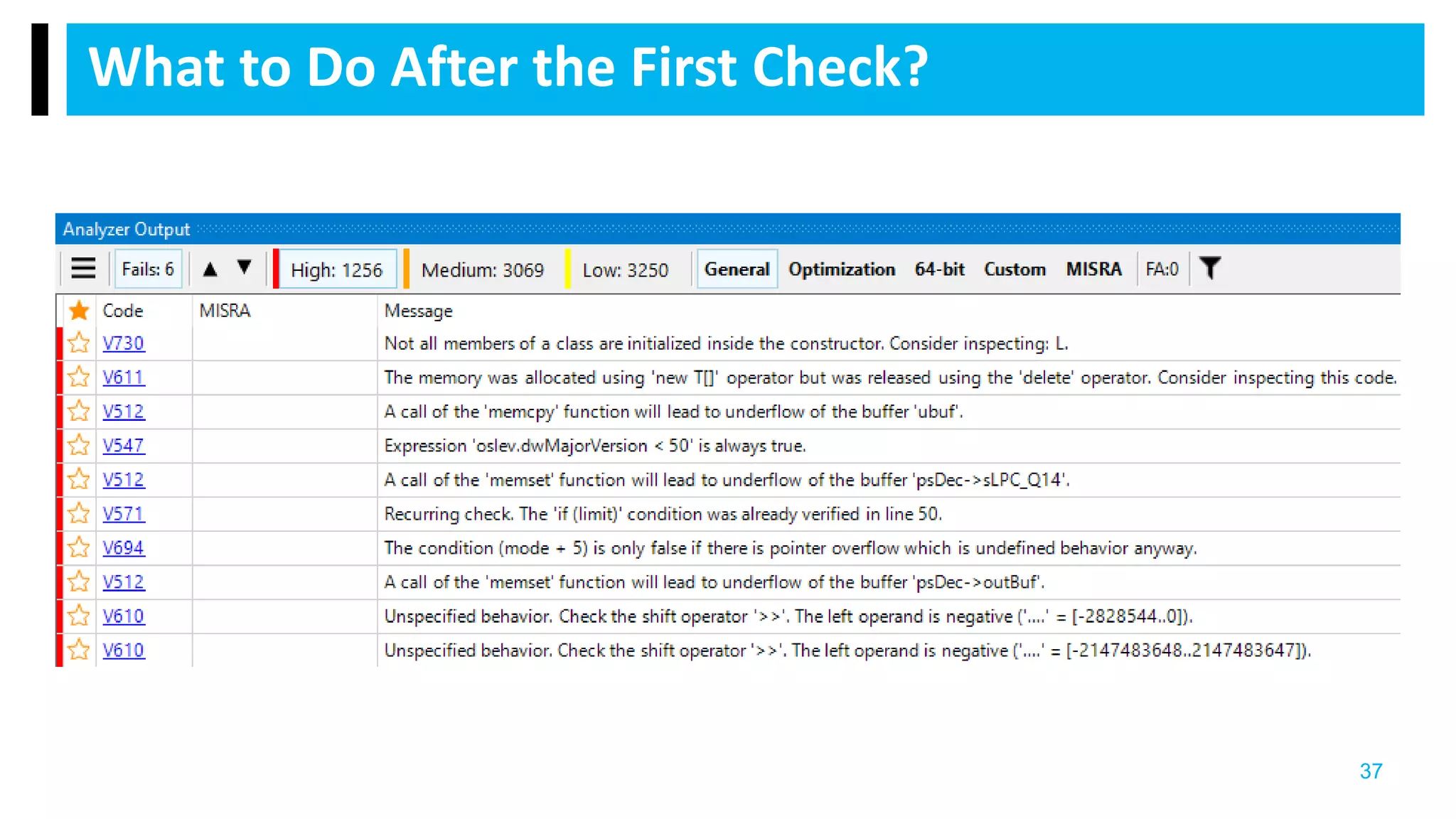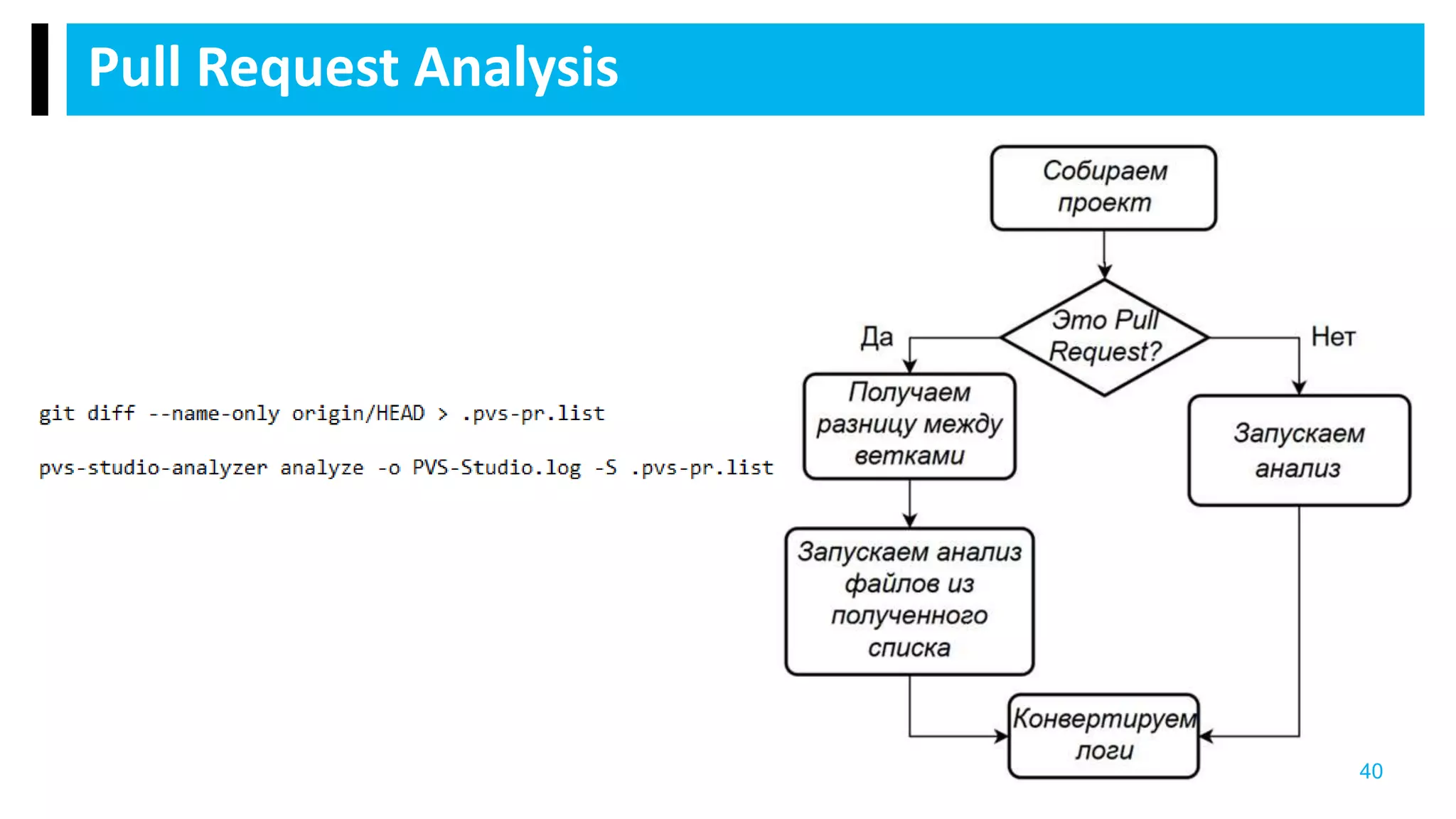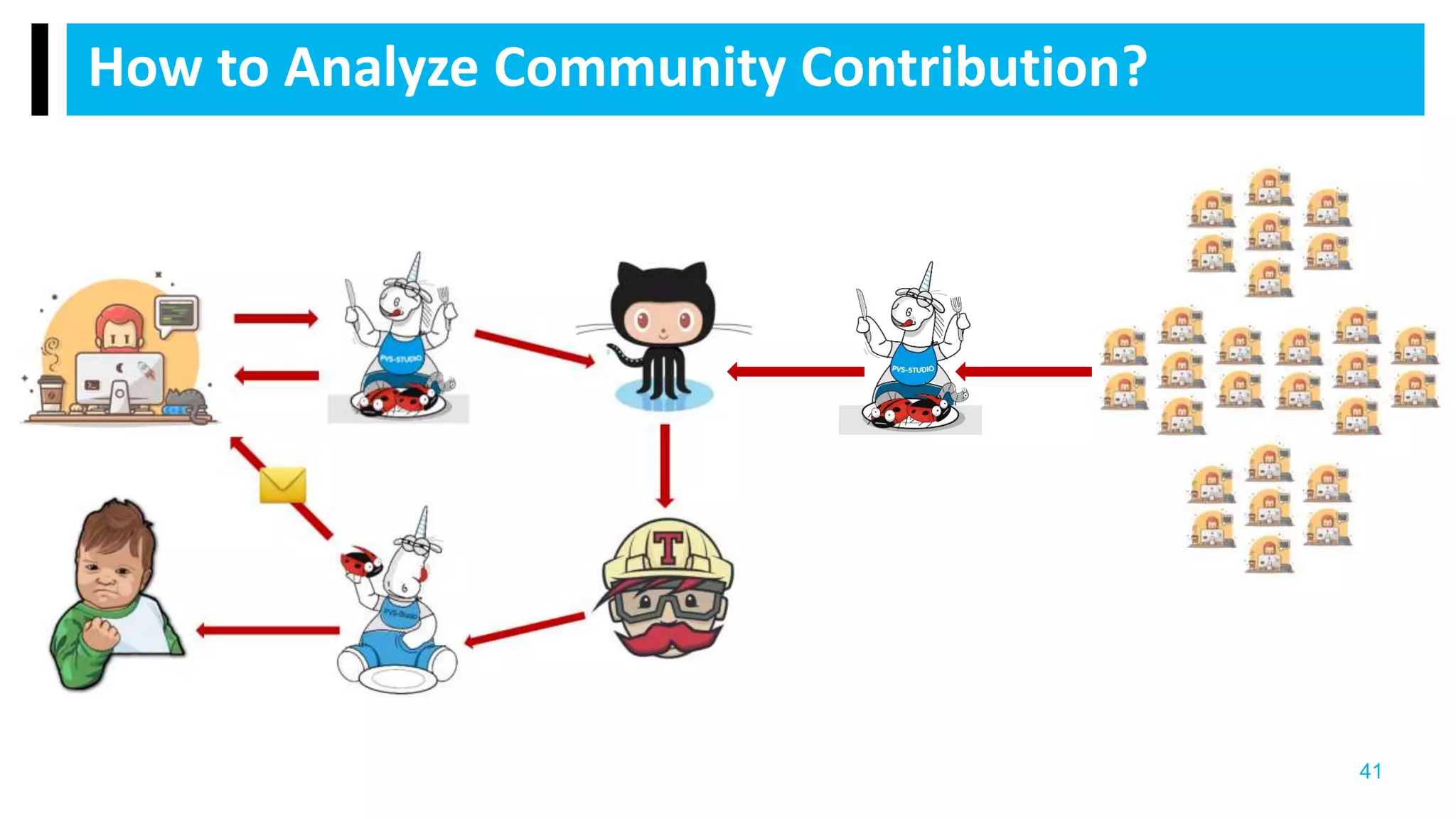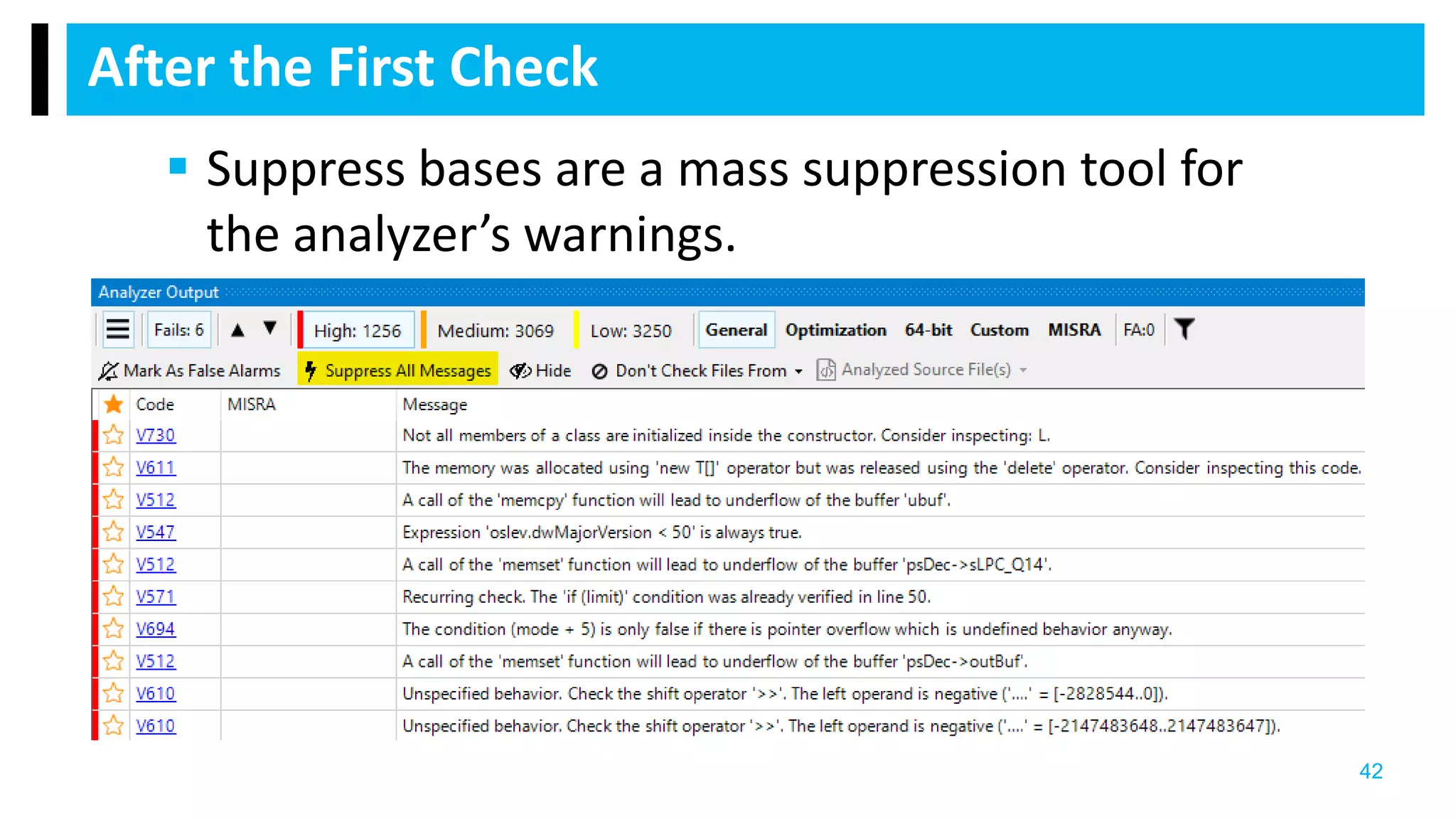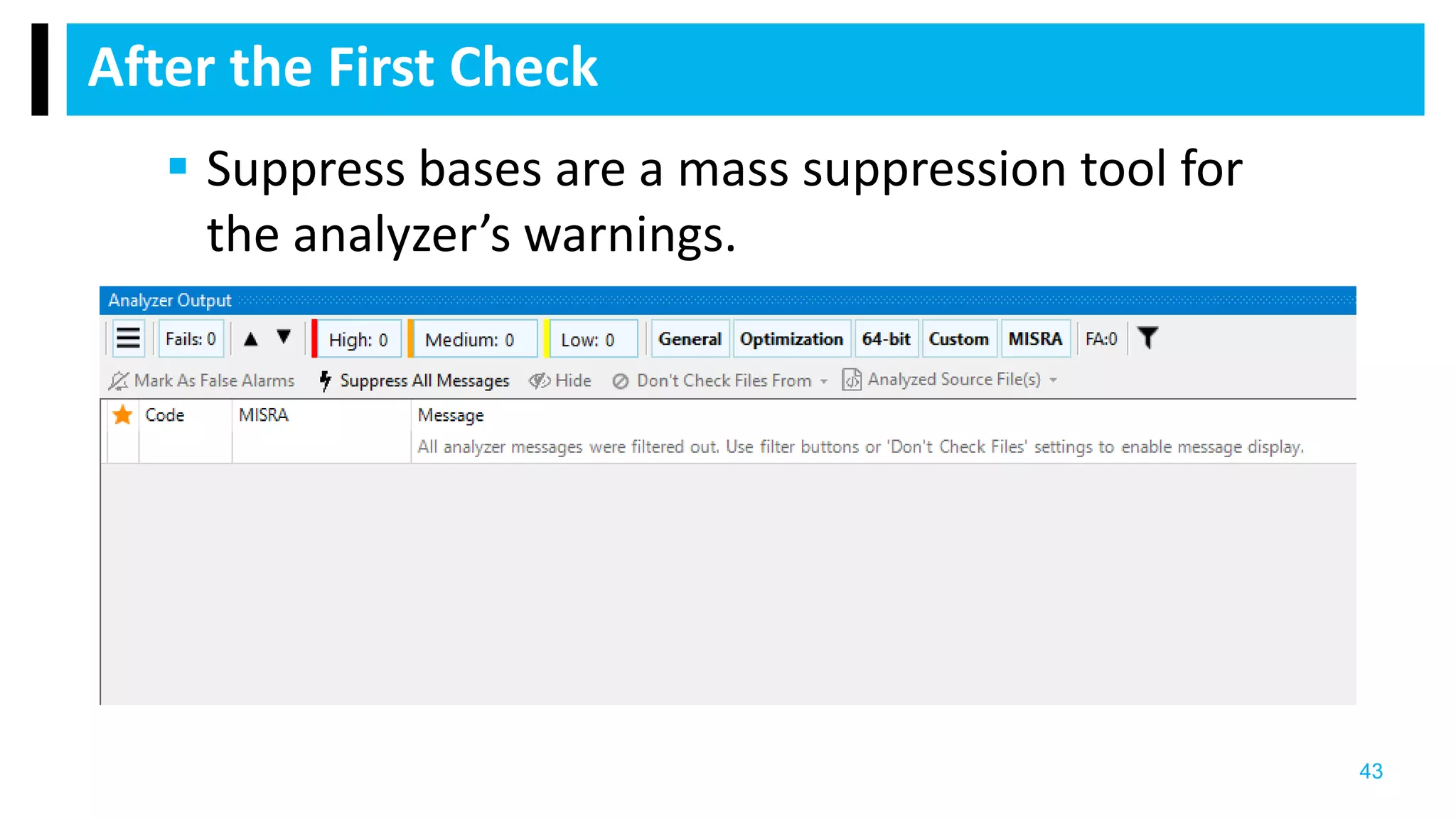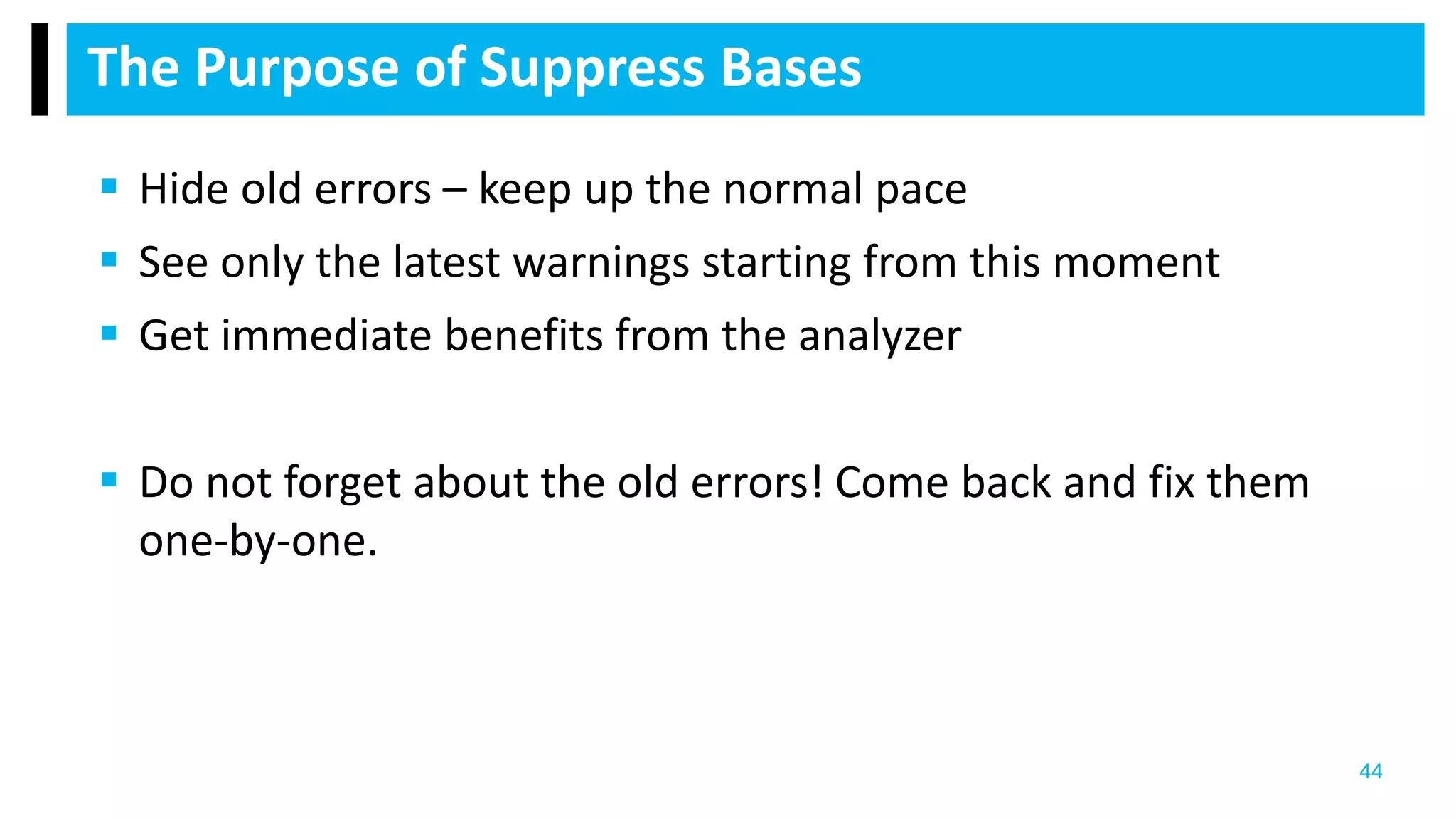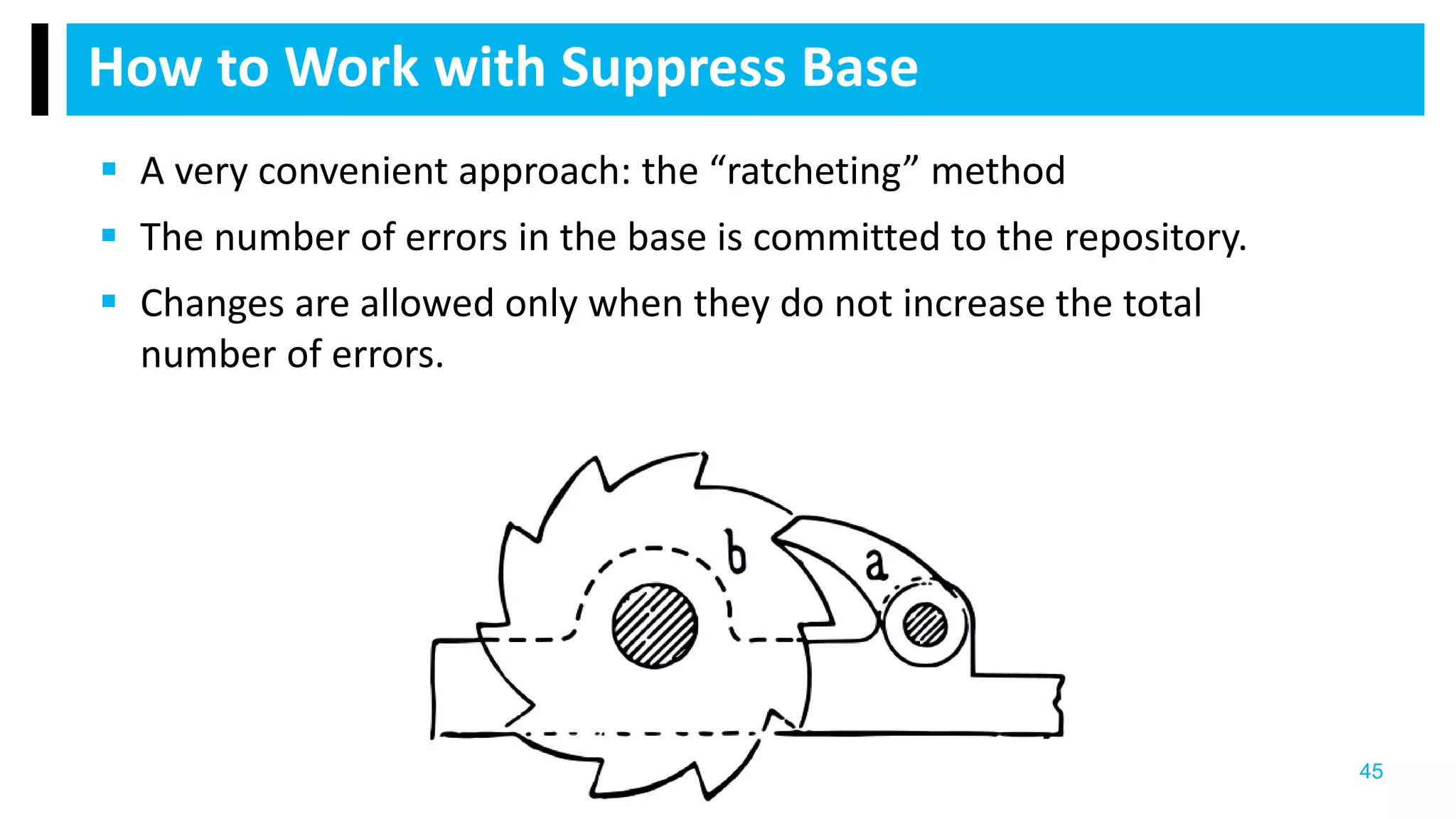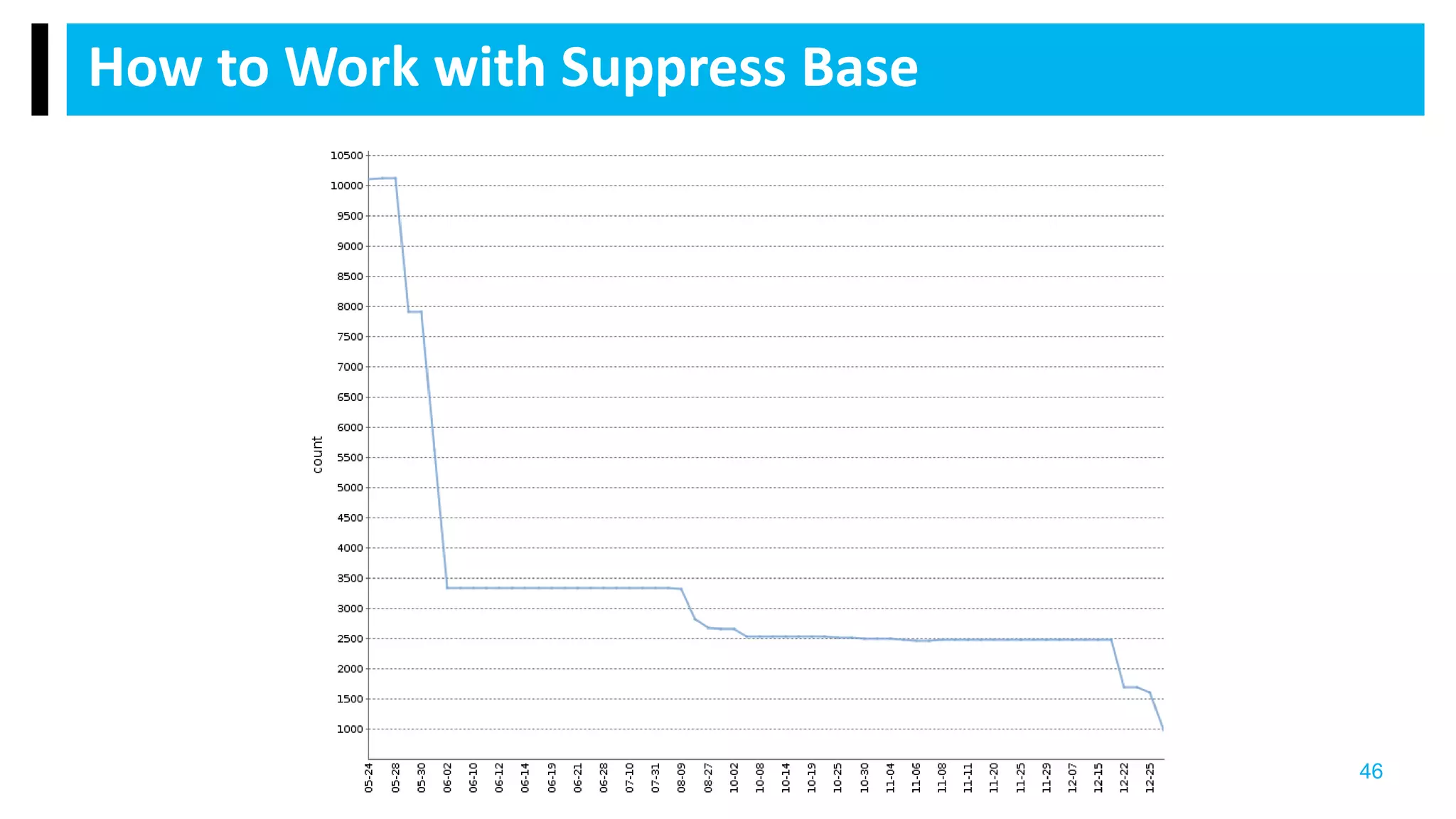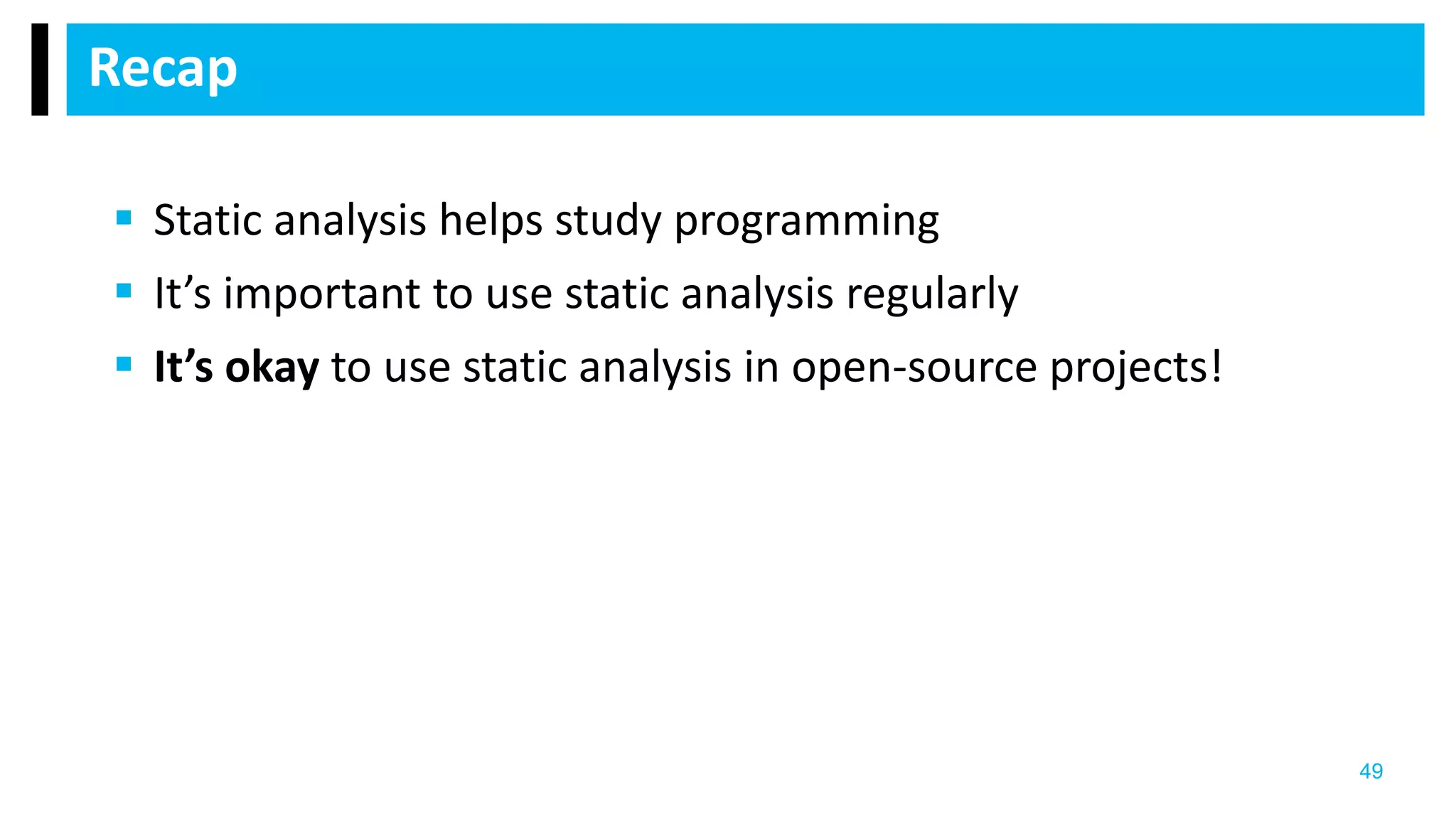The document discusses using static code analysis when teaching or developing open-source software. It outlines how static analysis can help instructors check student homework and projects more efficiently, and help students learn about error patterns. When using static analysis for open-source projects, it recommends integrating it into developers' workflows locally and via continuous integration systems. Regular use is key to maximizing its benefits for finding and fixing bugs.

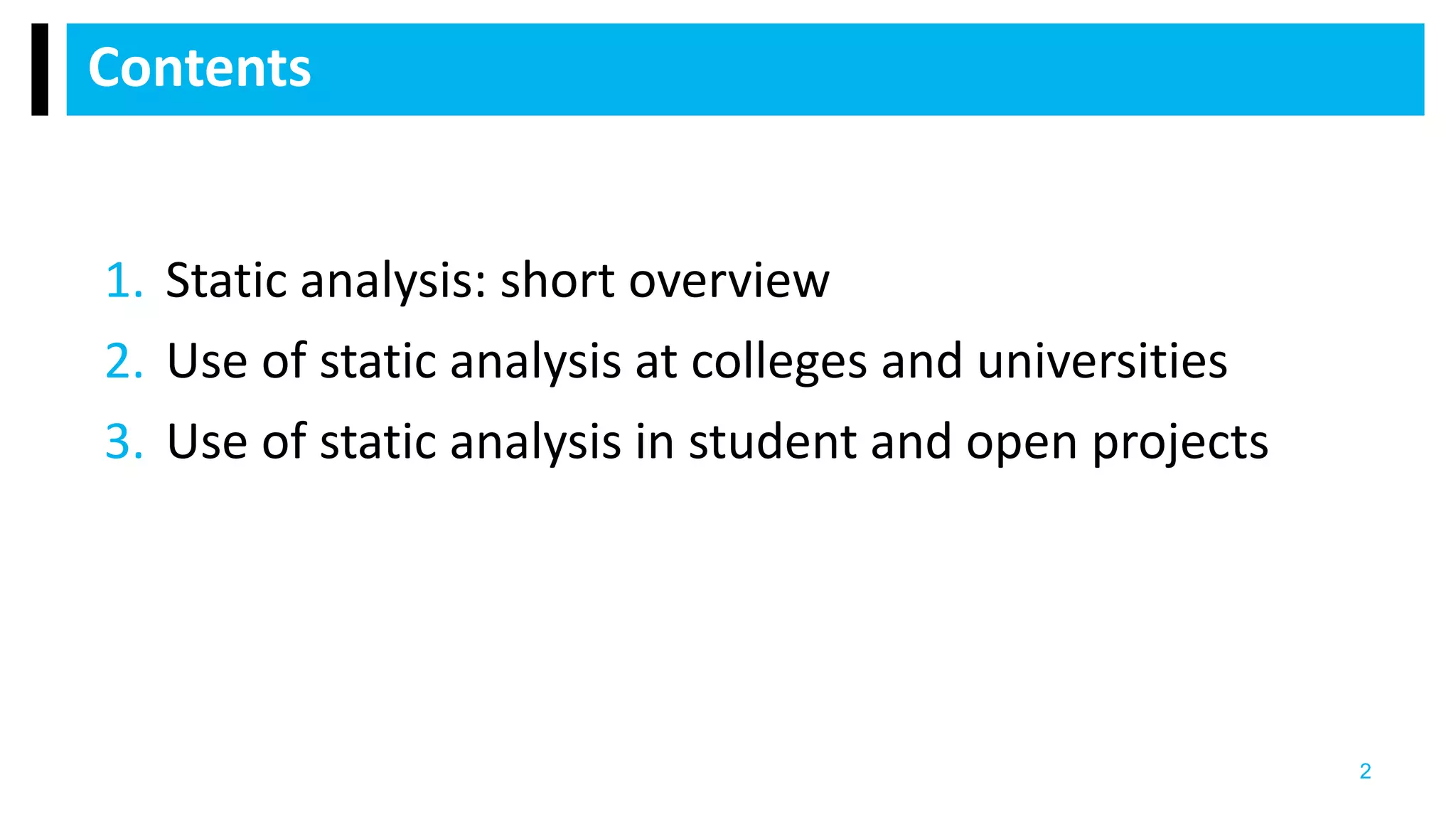
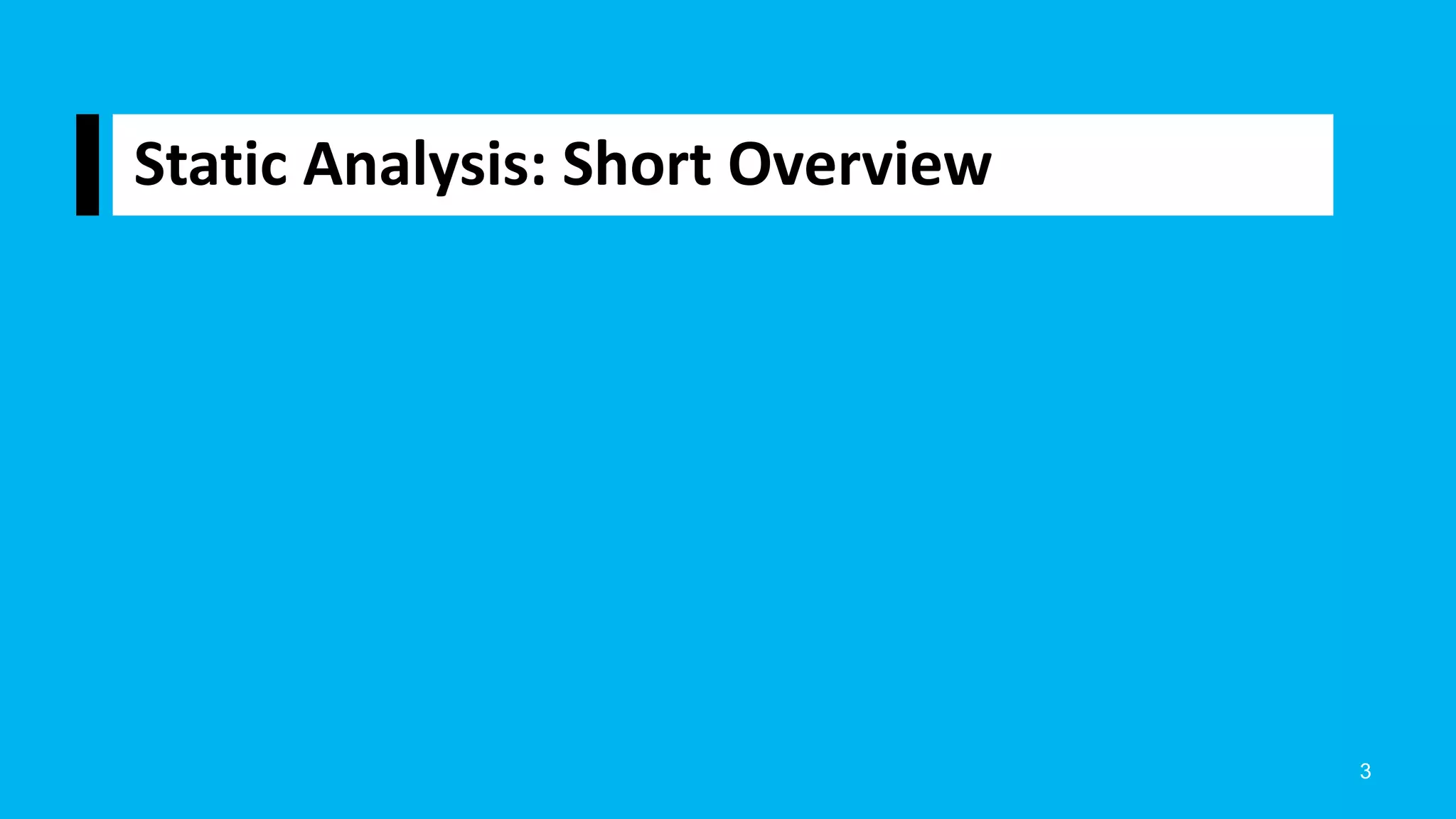
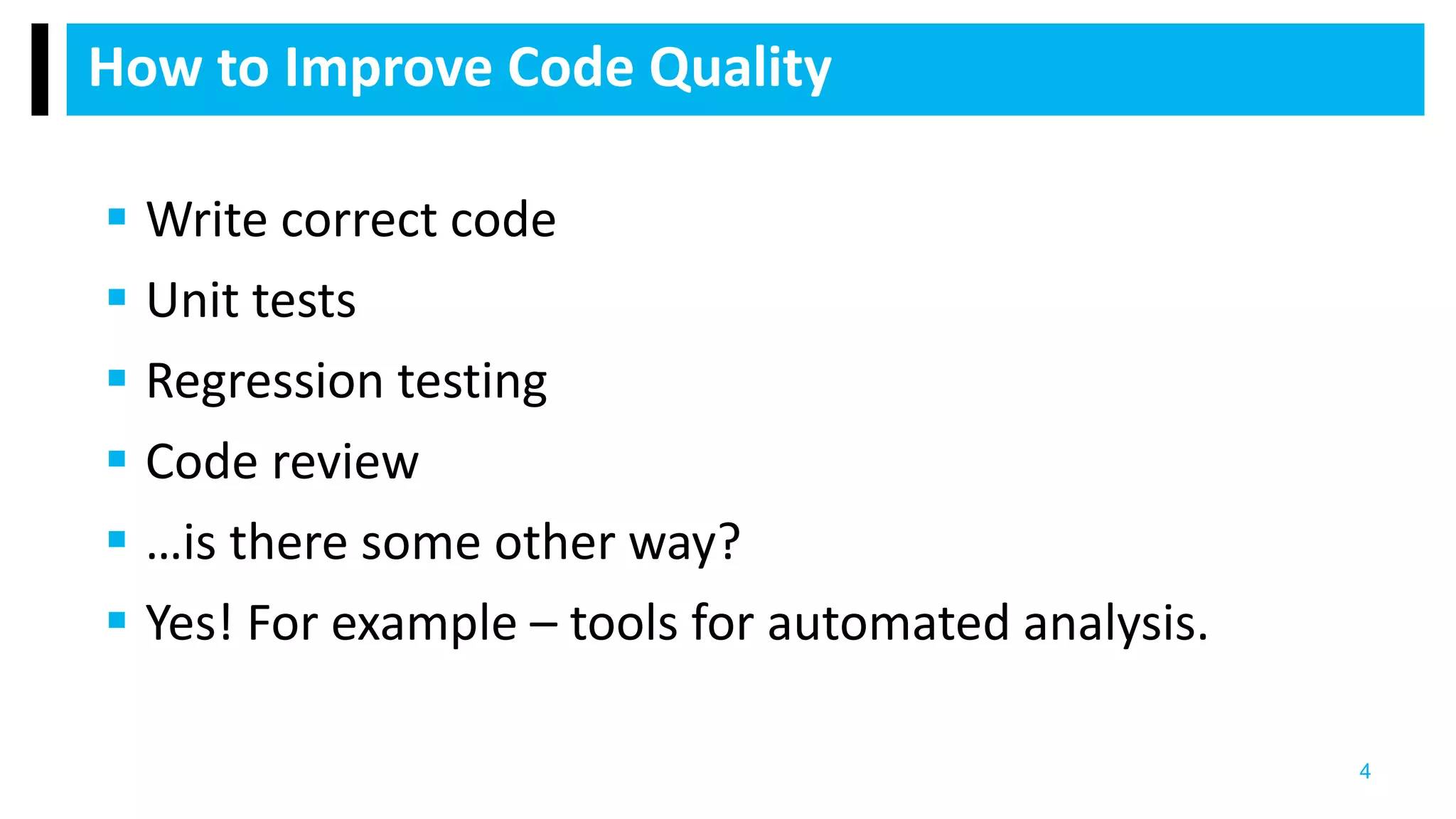
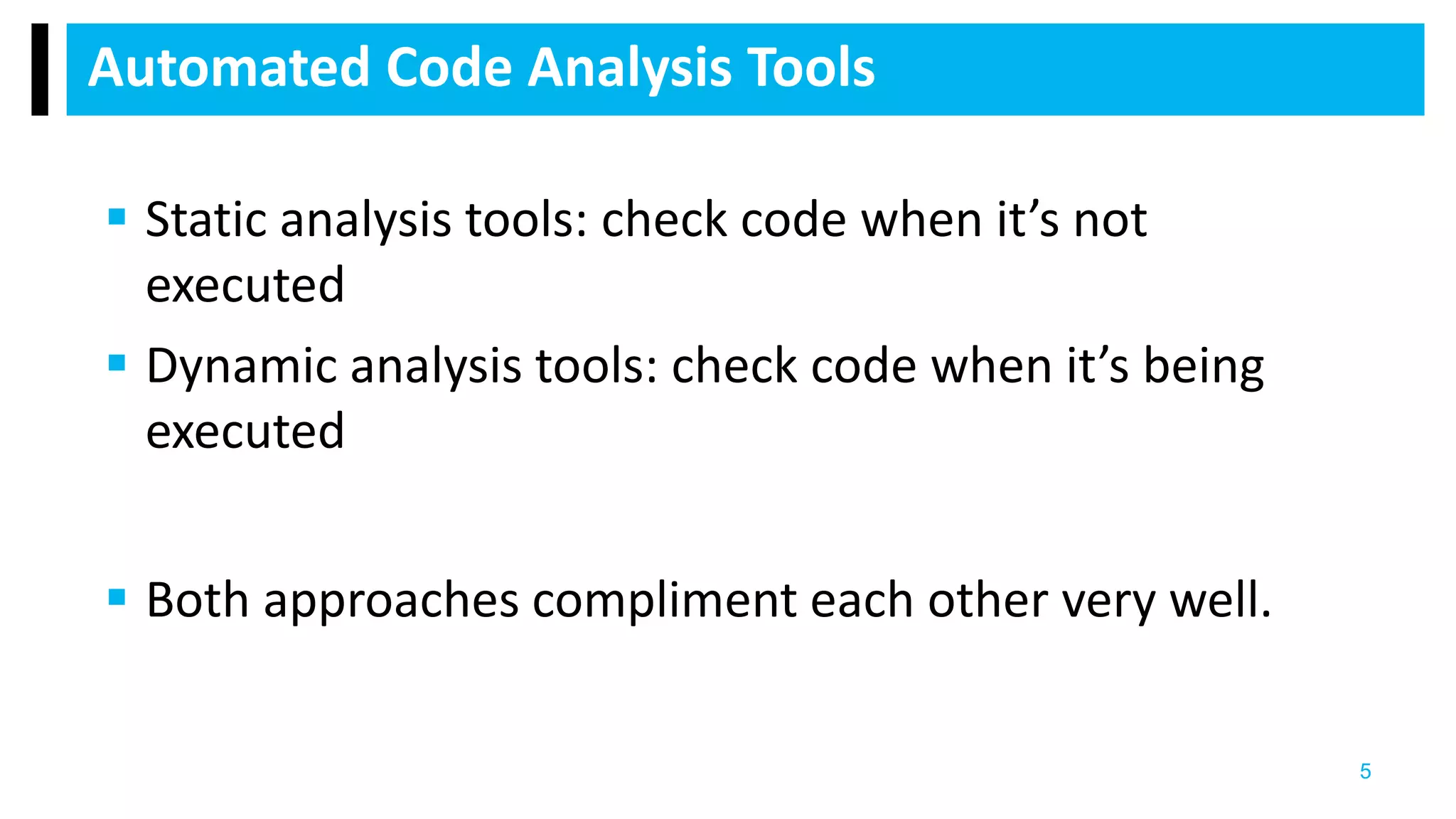
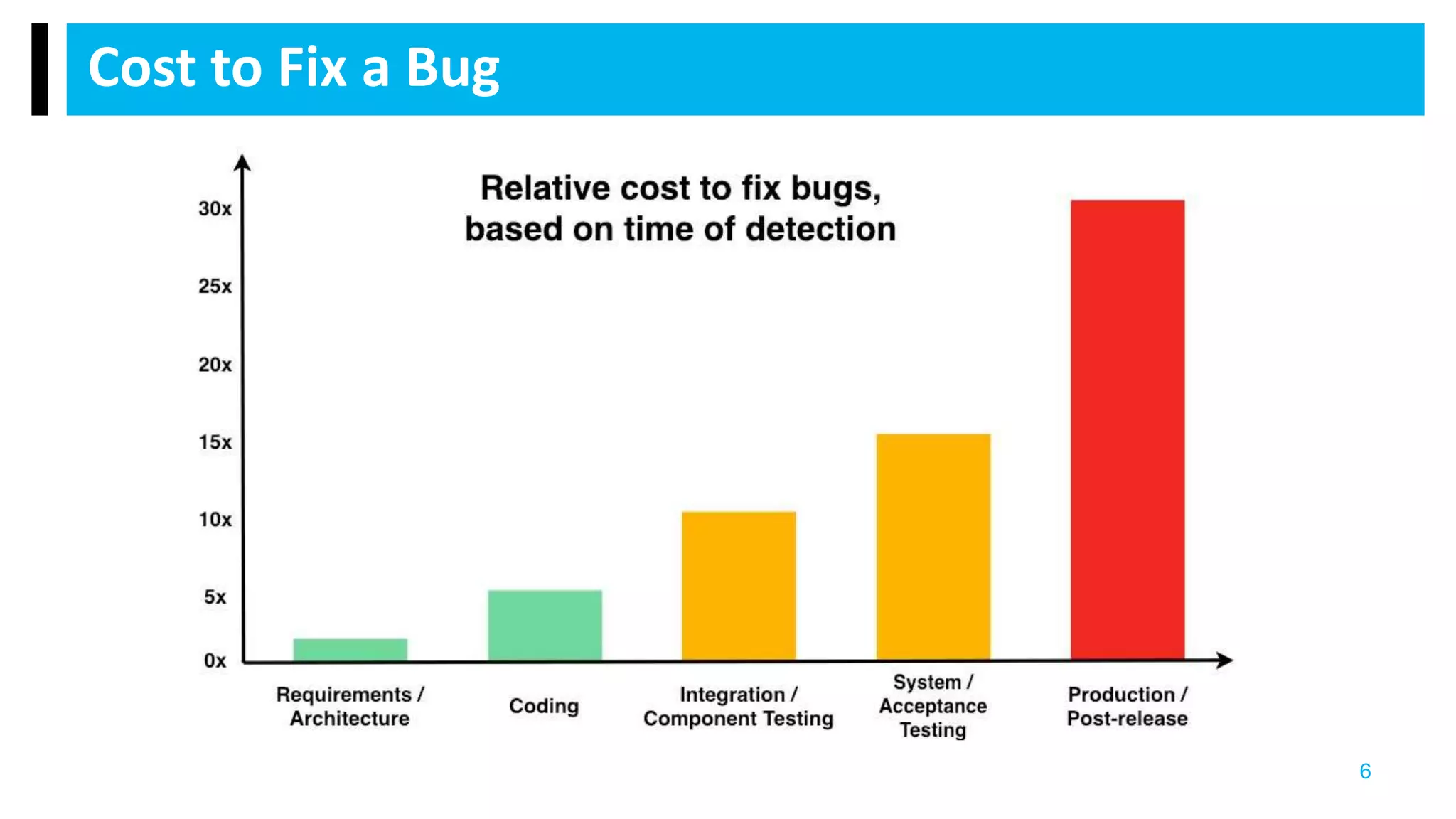
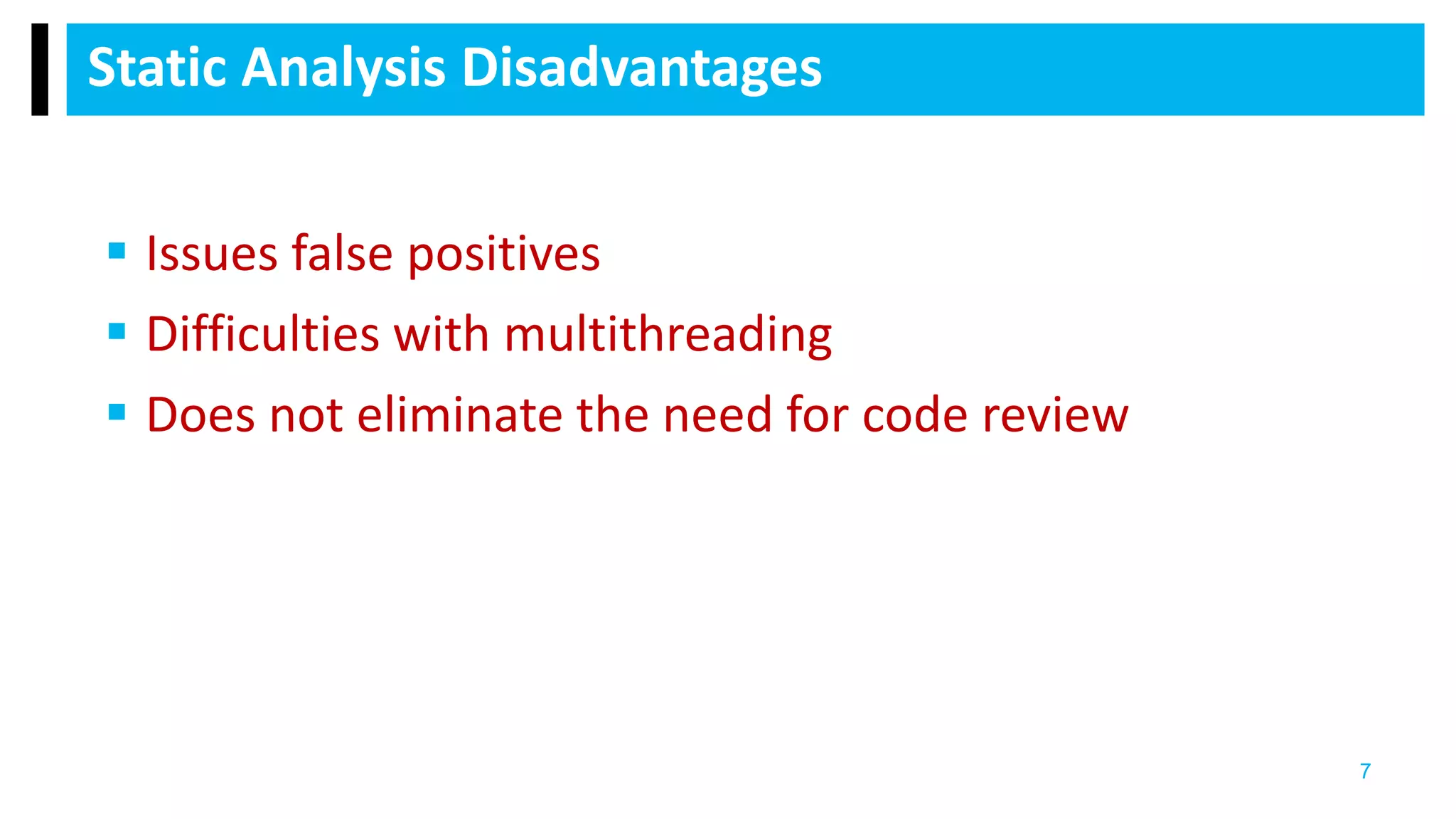
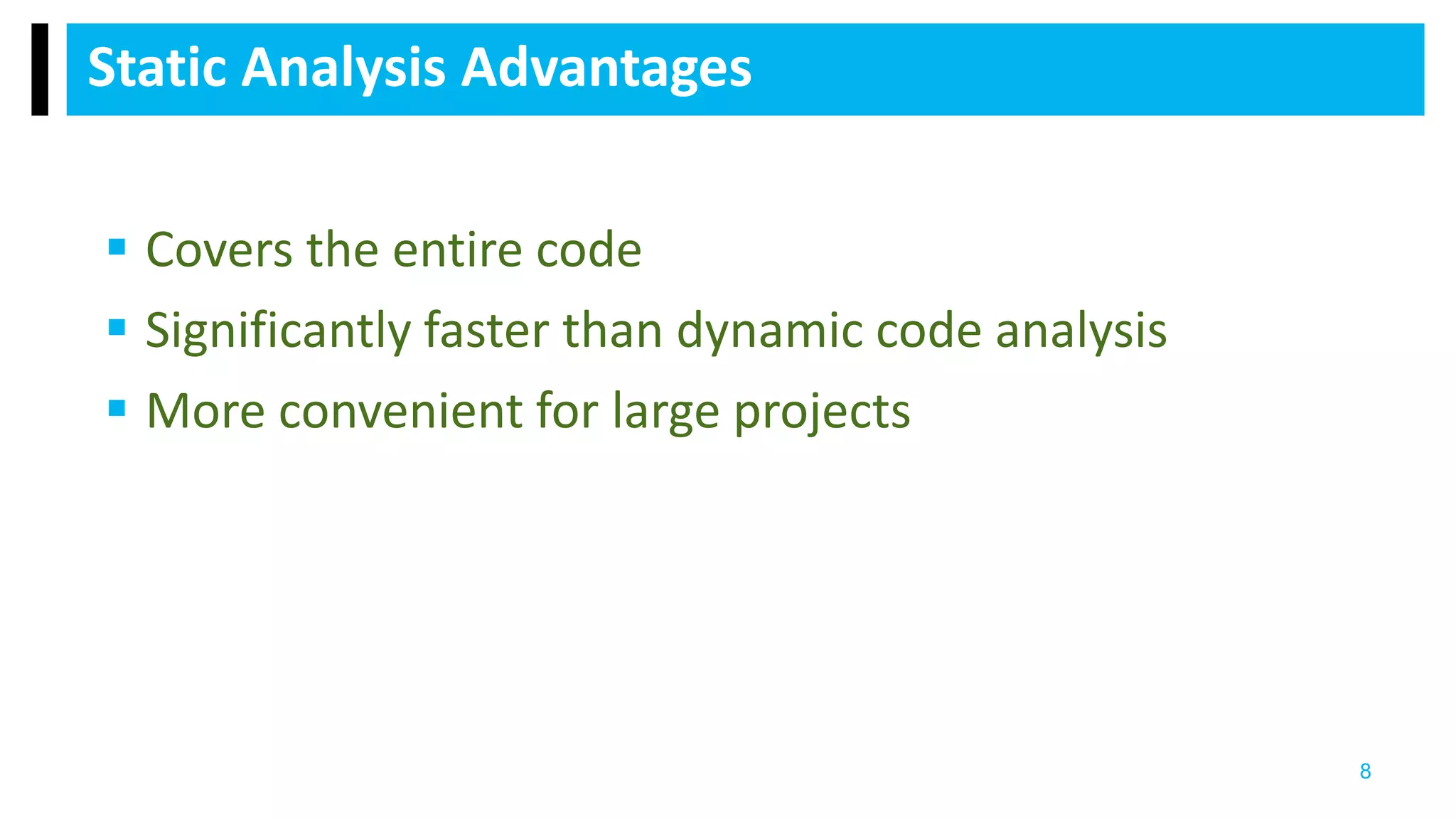
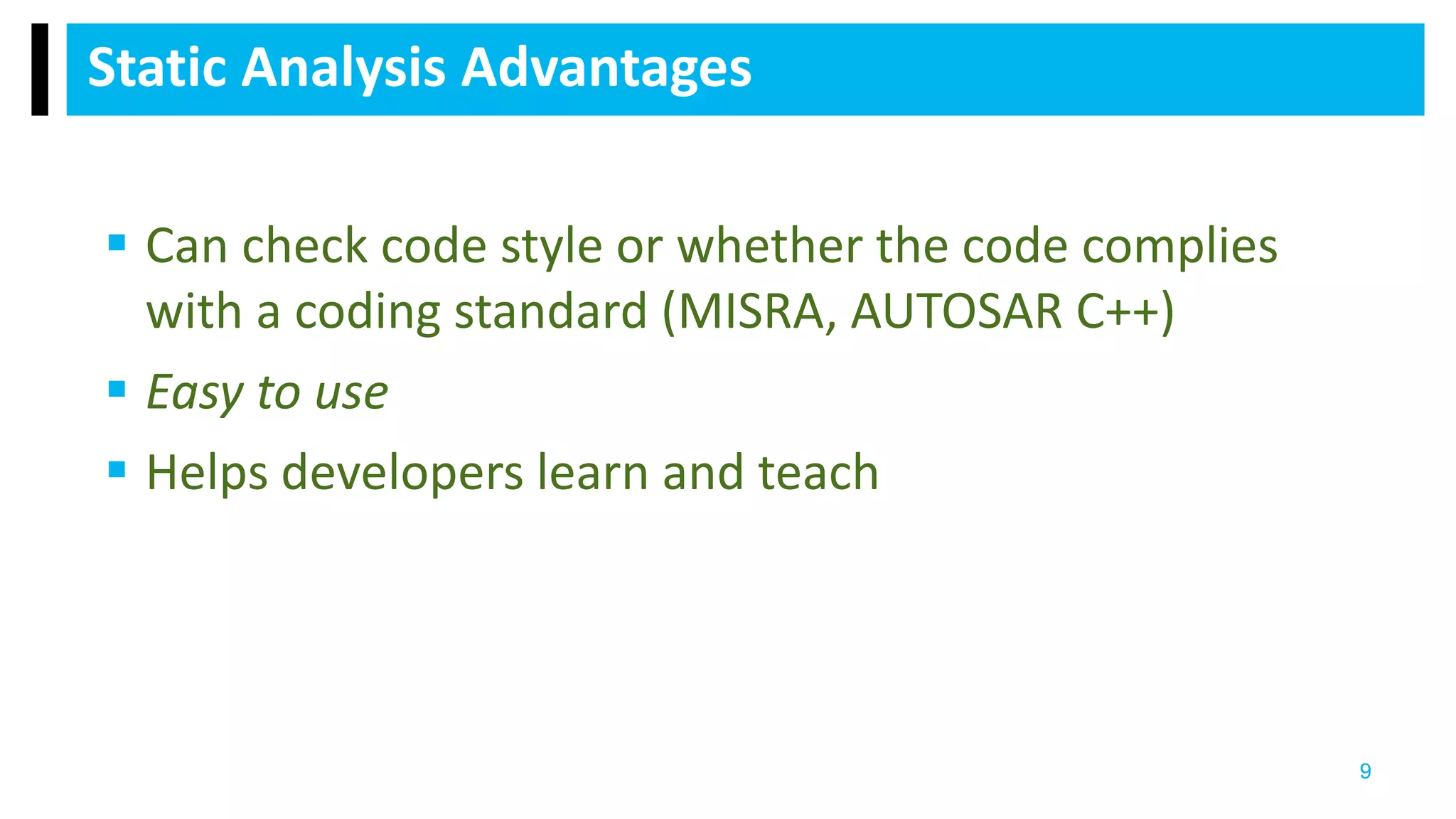

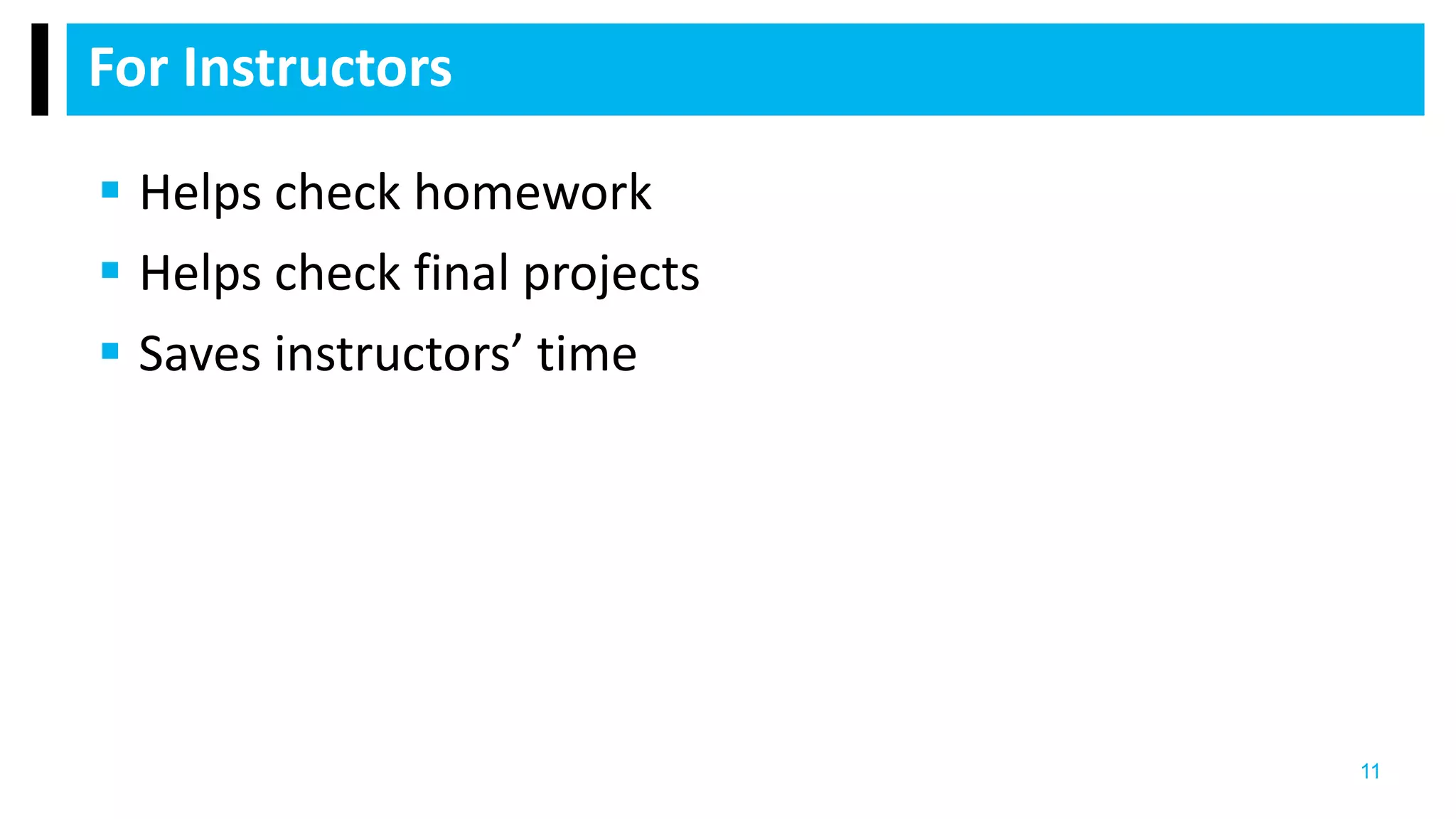
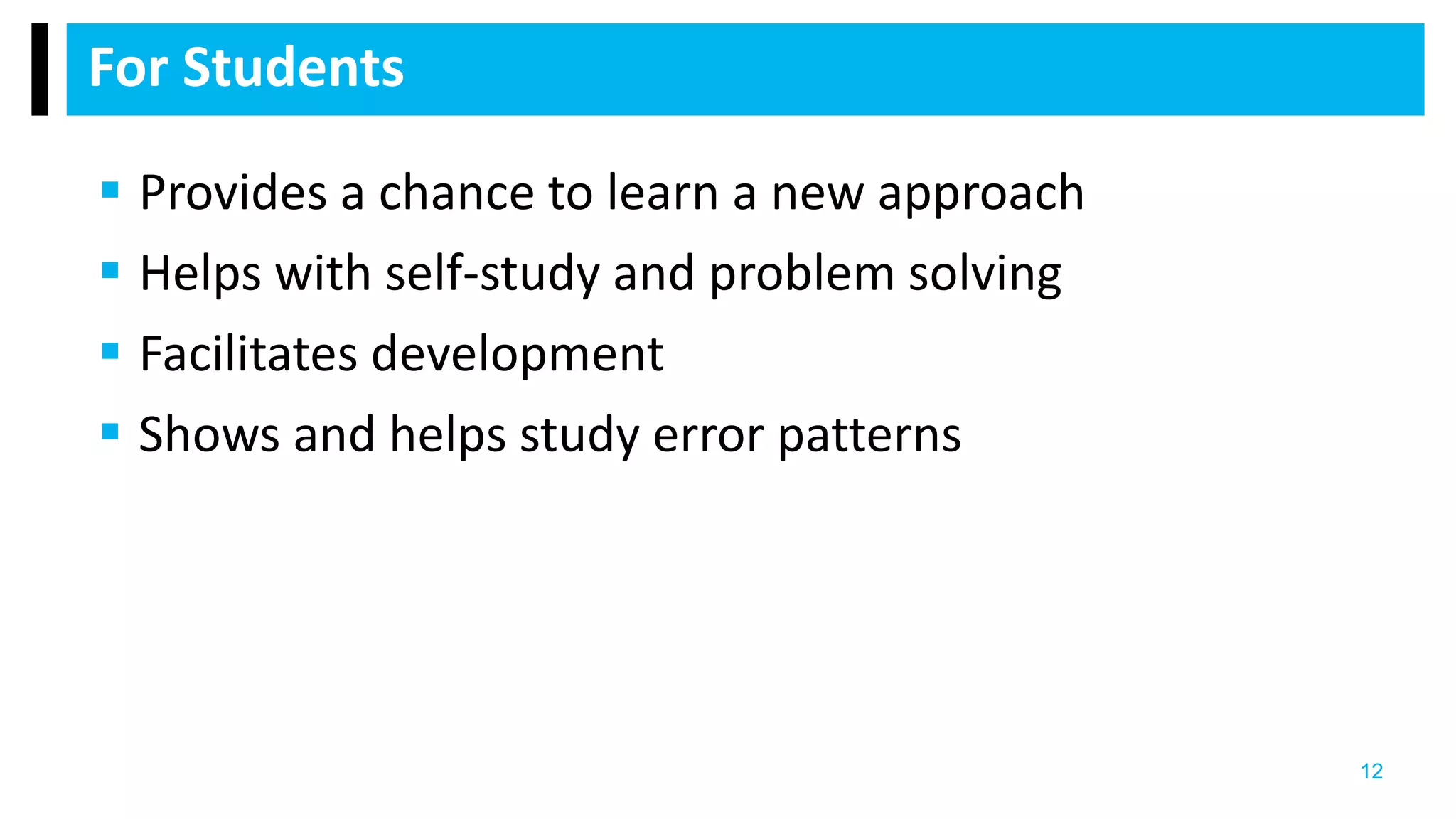
![Pattern Examples (Vangers) 13 void aciPackFile(....) { int sz,sz1; char *p,*p1; .... p = new char[sz]; p1 = new char[sz1]; .... delete p; delete p1; }](https://image.slidesharecdn.com/2020-210615185426/75/The-Use-of-Static-Code-Analysis-When-Teaching-or-Developing-Open-Source-Software-13-2048.jpg)
![Pattern Examples (Vangers) 14 void aciPackFile(....) { int sz,sz1; char *p,*p1; .... p = new char[sz]; p1 = new char[sz1]; .... delete p; // <= delete p1; // <= }](https://image.slidesharecdn.com/2020-210615185426/75/The-Use-of-Static-Code-Analysis-When-Teaching-or-Developing-Open-Source-Software-14-2048.jpg)
![Pattern Examples (Vangers) 15 void aciPackFile(....) { int sz,sz1; char *p,*p1; .... p = new char[sz]; p1 = new char[sz1]; .... delete [] p; delete [] p1; }](https://image.slidesharecdn.com/2020-210615185426/75/The-Use-of-Static-Code-Analysis-When-Teaching-or-Developing-Open-Source-Software-15-2048.jpg)
![Pattern Examples (Apache HTTP Server) 16 static void MD4Transform( apr_uint32_t state[4], const unsigned char block[64]) { apr_uint32_t a = state[0], b = state[1], c = state[2], d = state[3], x[APR_MD4_DIGESTSIZE]; .... /* Zeroize sensitive information. */ memset(x, 0, sizeof(x)); }](https://image.slidesharecdn.com/2020-210615185426/75/The-Use-of-Static-Code-Analysis-When-Teaching-or-Developing-Open-Source-Software-16-2048.jpg)
![Pattern Examples (Apache HTTP Server) 17 static void MD4Transform( apr_uint32_t state[4], const unsigned char block[64]) { apr_uint32_t a = state[0], b = state[1], c = state[2], d = state[3], x[APR_MD4_DIGESTSIZE]; .... /* Zeroize sensitive information. */ memset(x, 0, sizeof(x)); // <= }](https://image.slidesharecdn.com/2020-210615185426/75/The-Use-of-Static-Code-Analysis-When-Teaching-or-Developing-Open-Source-Software-17-2048.jpg)
![Pattern Examples (Apache HTTP Server) 18 static void MD4Transform( apr_uint32_t state[4], const unsigned char block[64]) { apr_uint32_t a = state[0], b = state[1], c = state[2], d = state[3], x[APR_MD4_DIGESTSIZE]; .... /* Zeroize sensitive information. */ memset_s(x, 0, sizeof(x)); } *Or use the following flag: -fno-builtin-memset!](https://image.slidesharecdn.com/2020-210615185426/75/The-Use-of-Static-Code-Analysis-When-Teaching-or-Developing-Open-Source-Software-18-2048.jpg)
